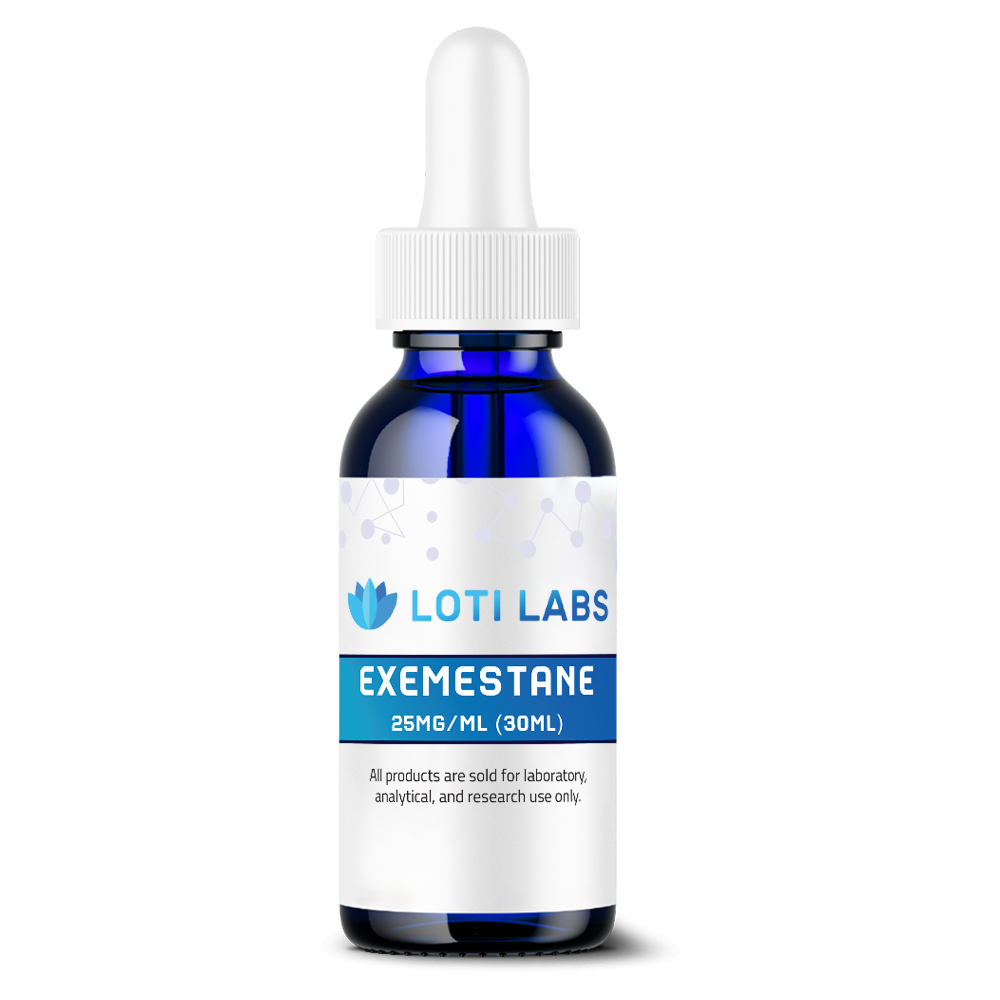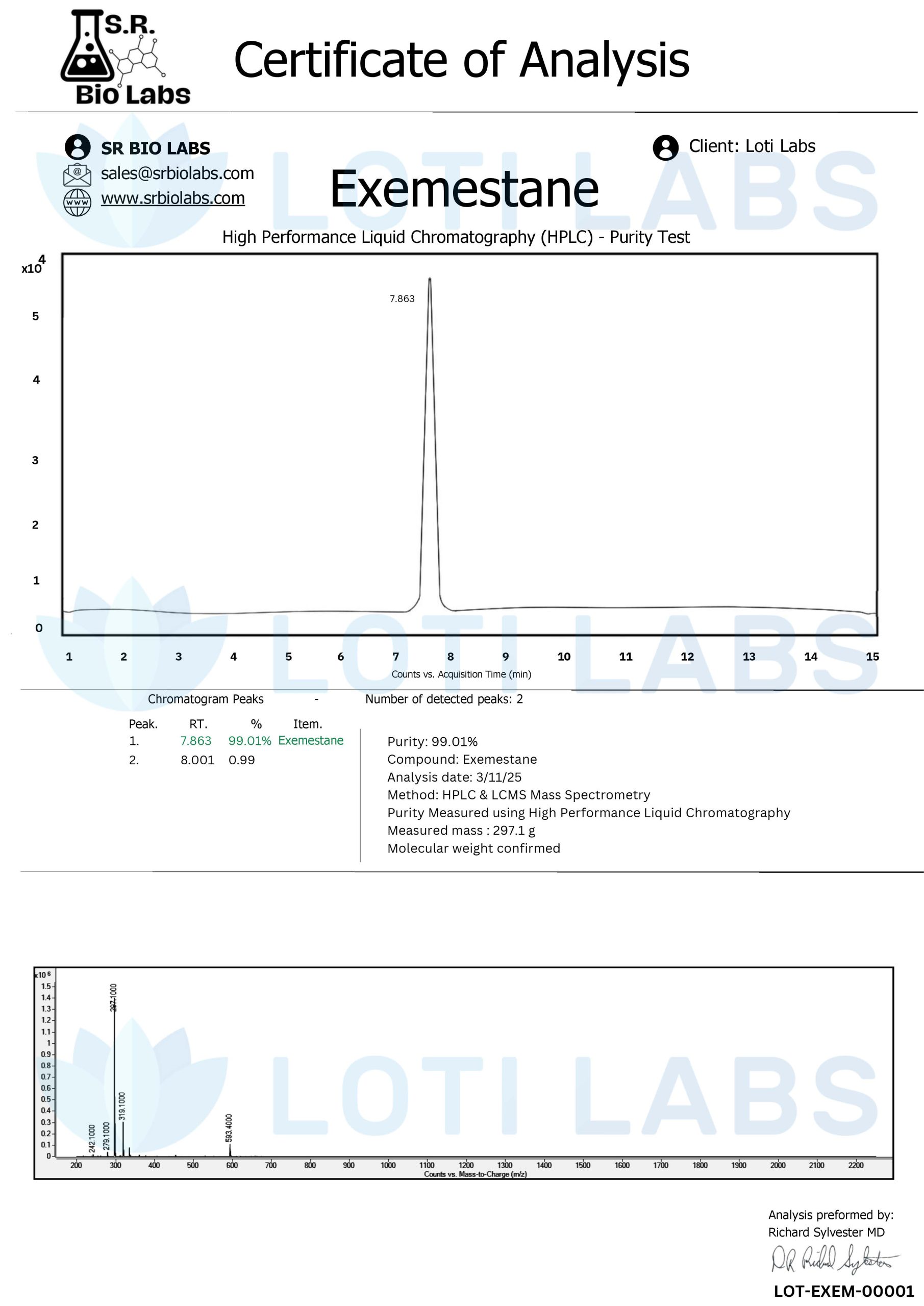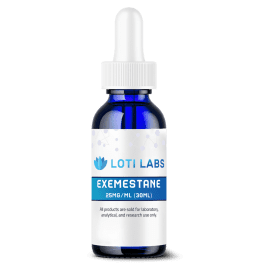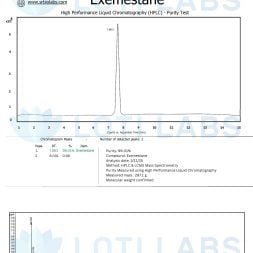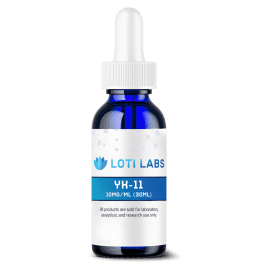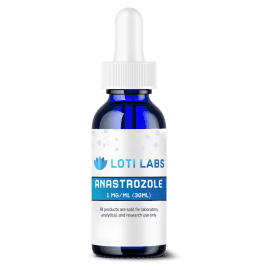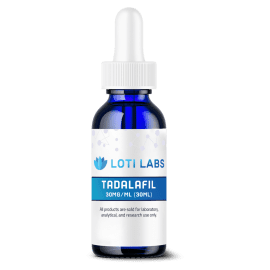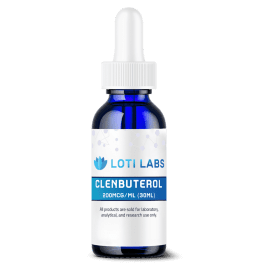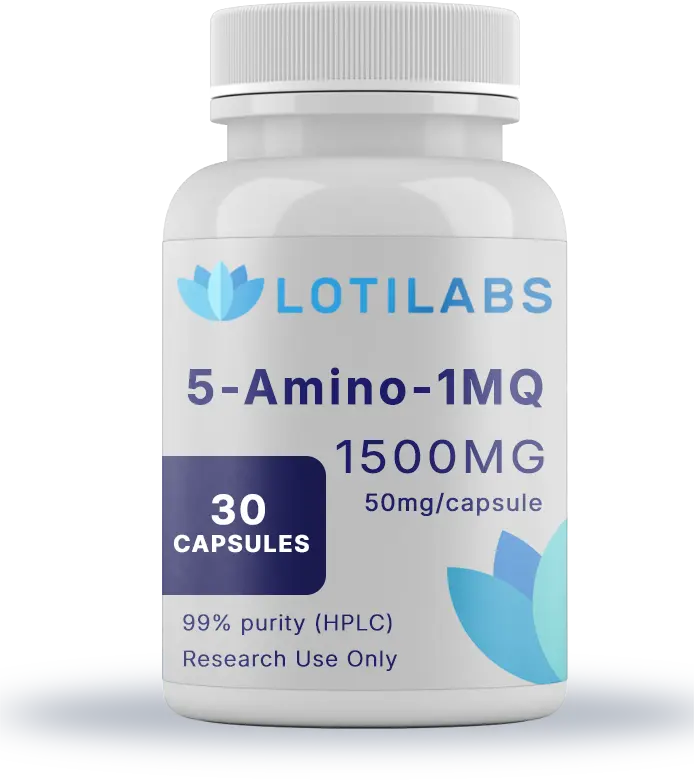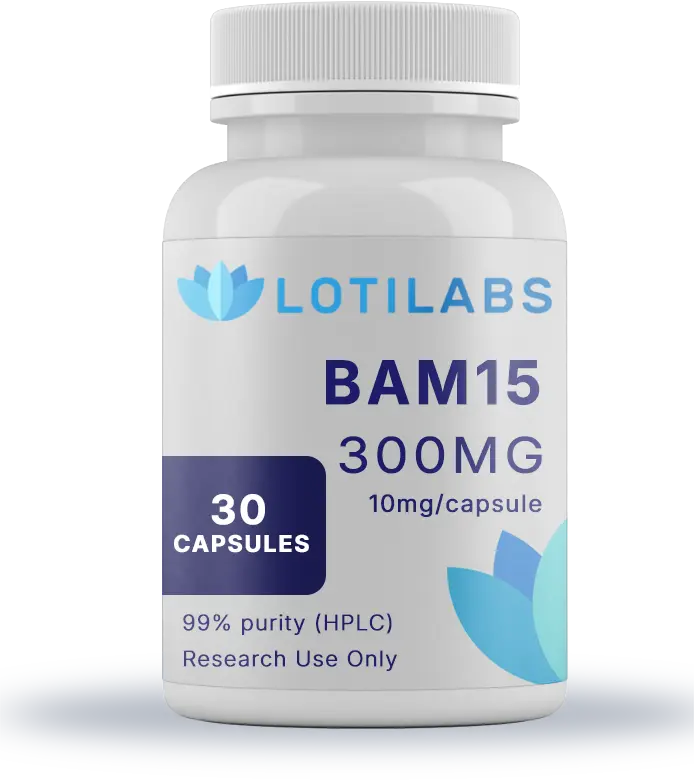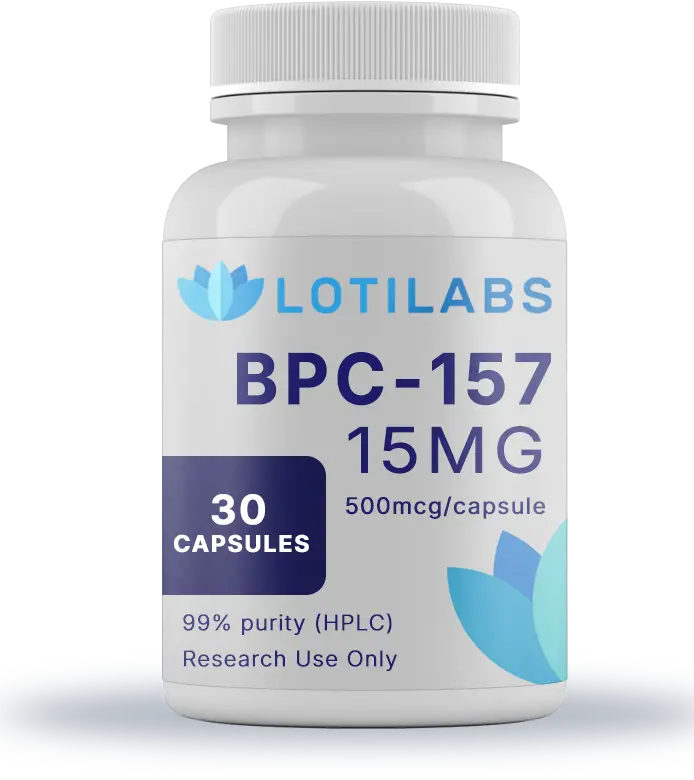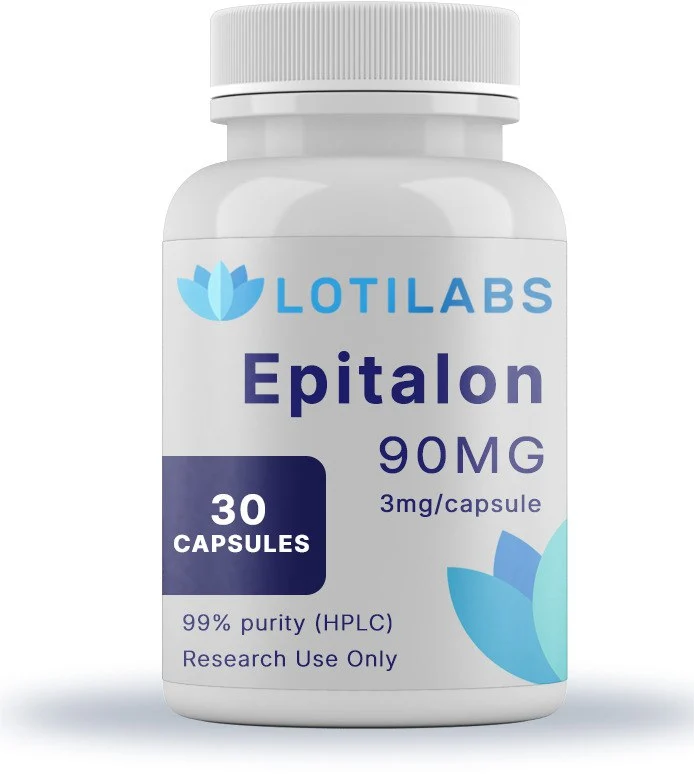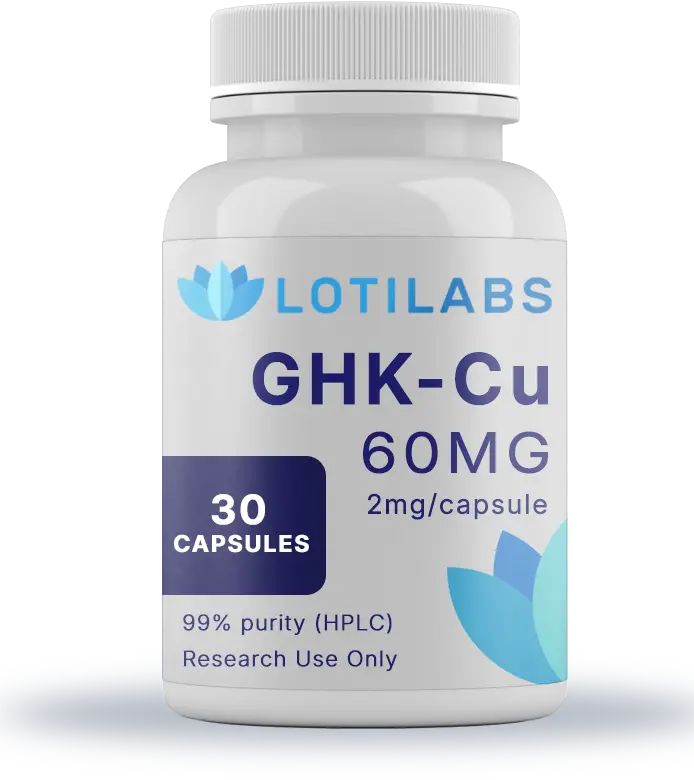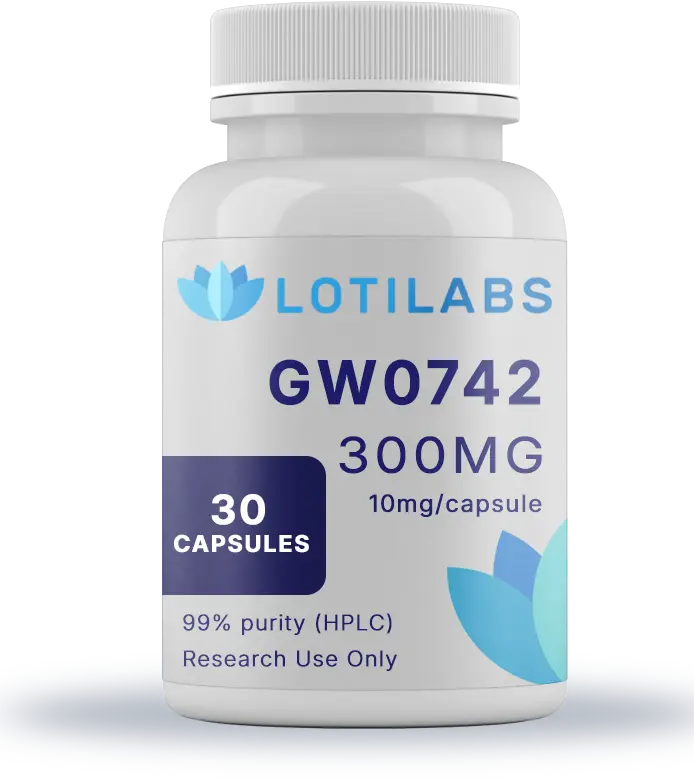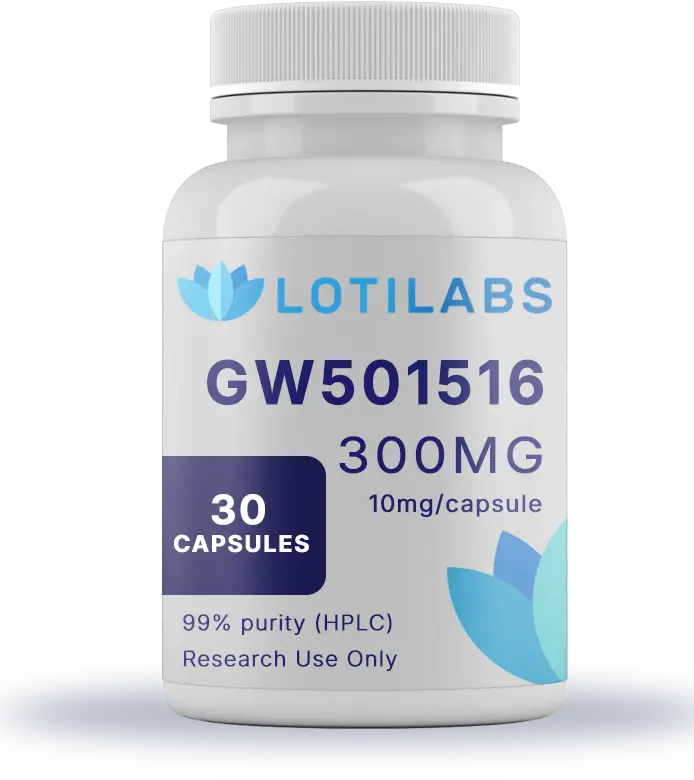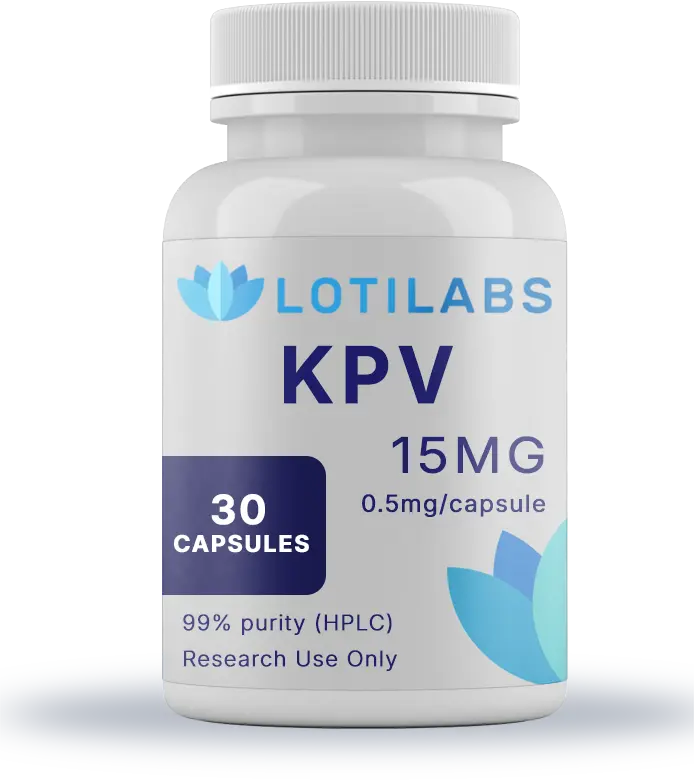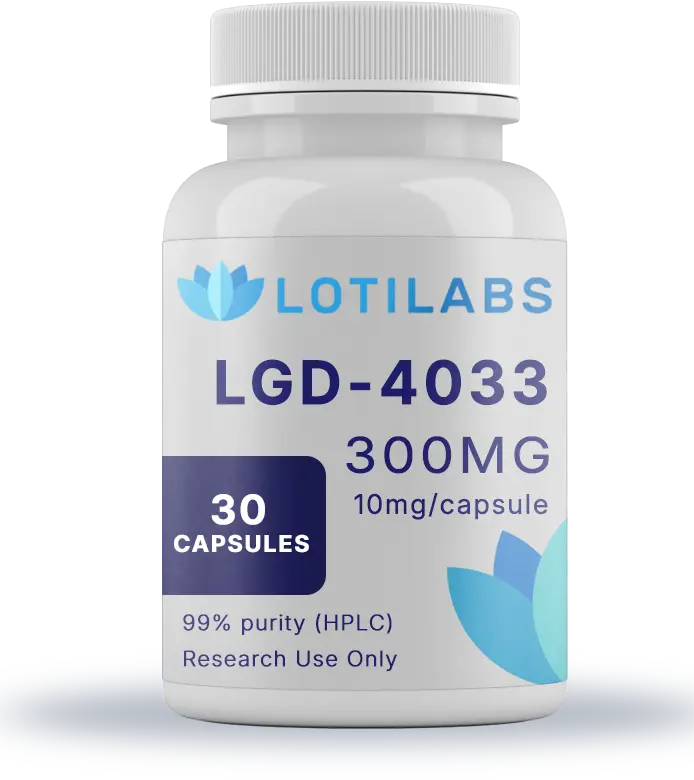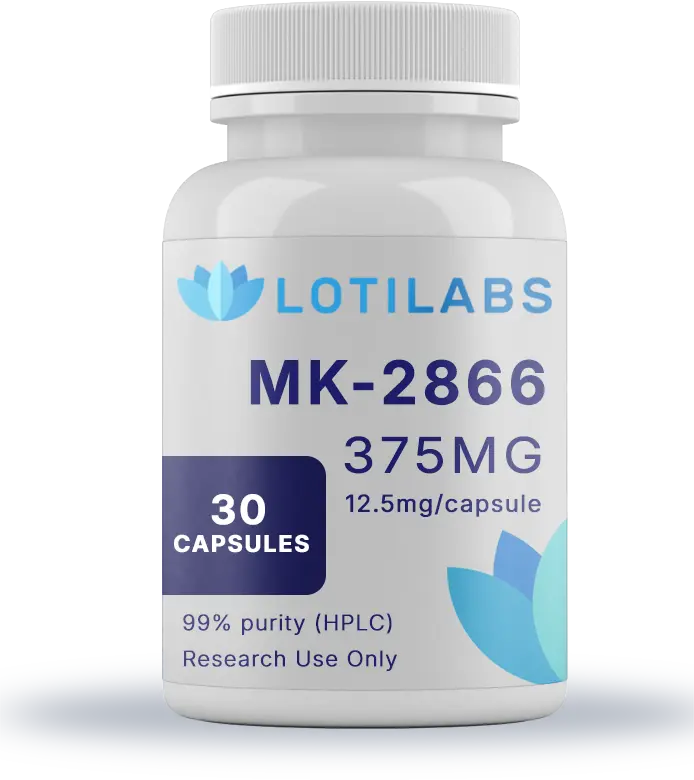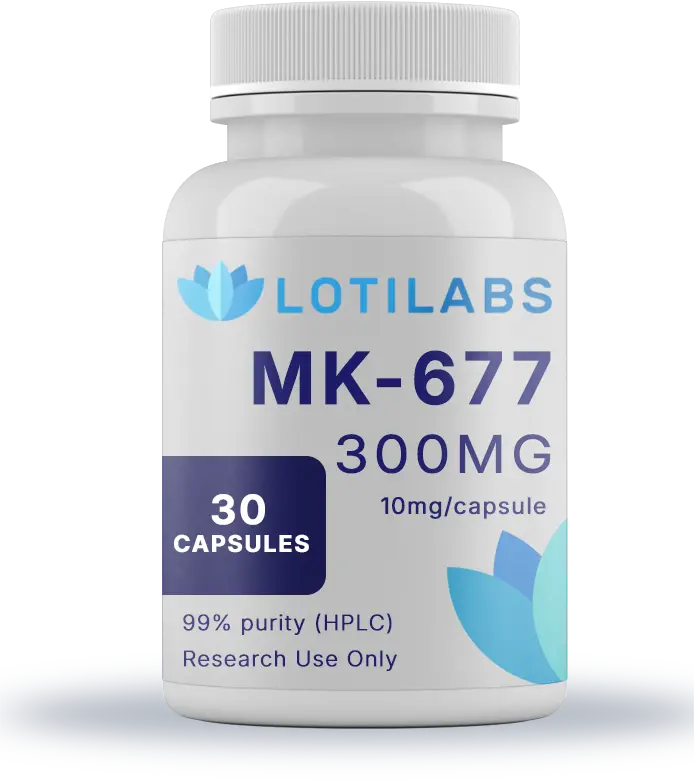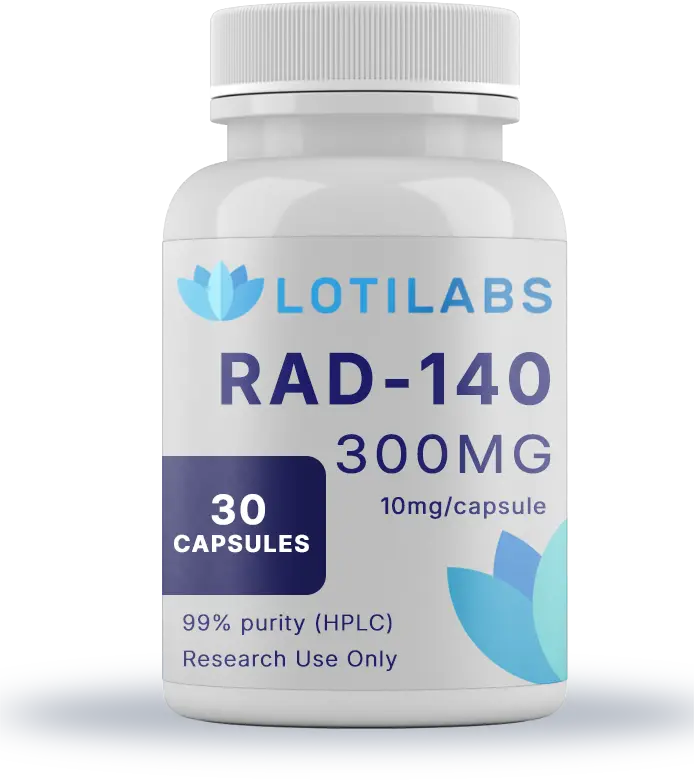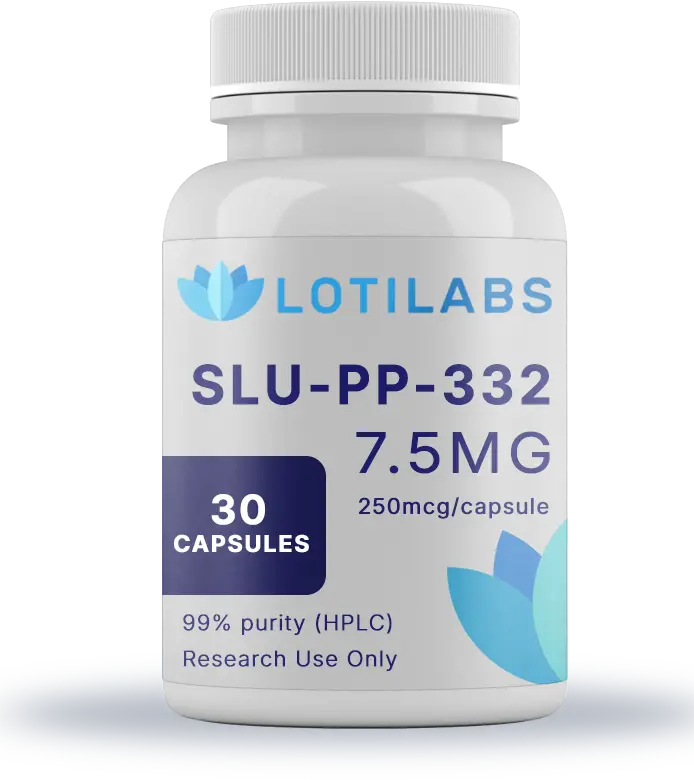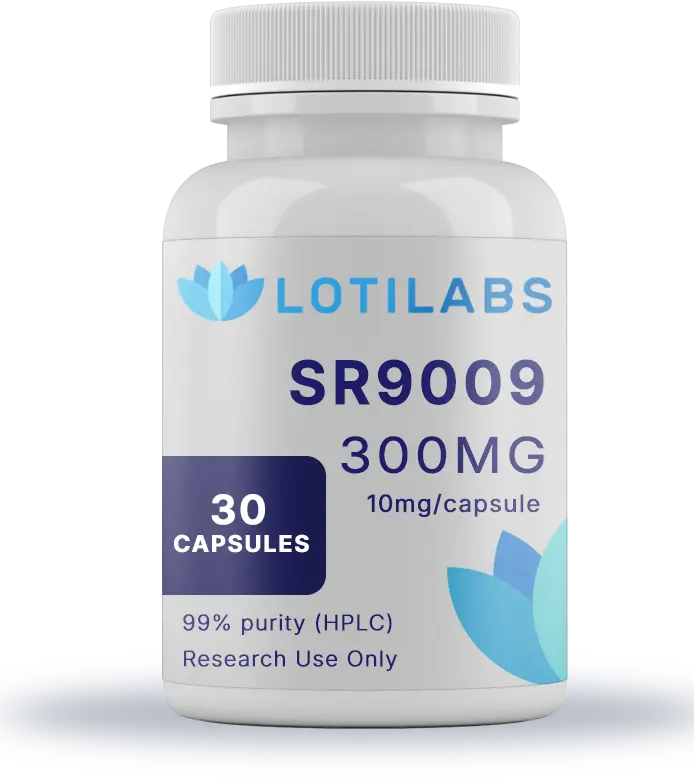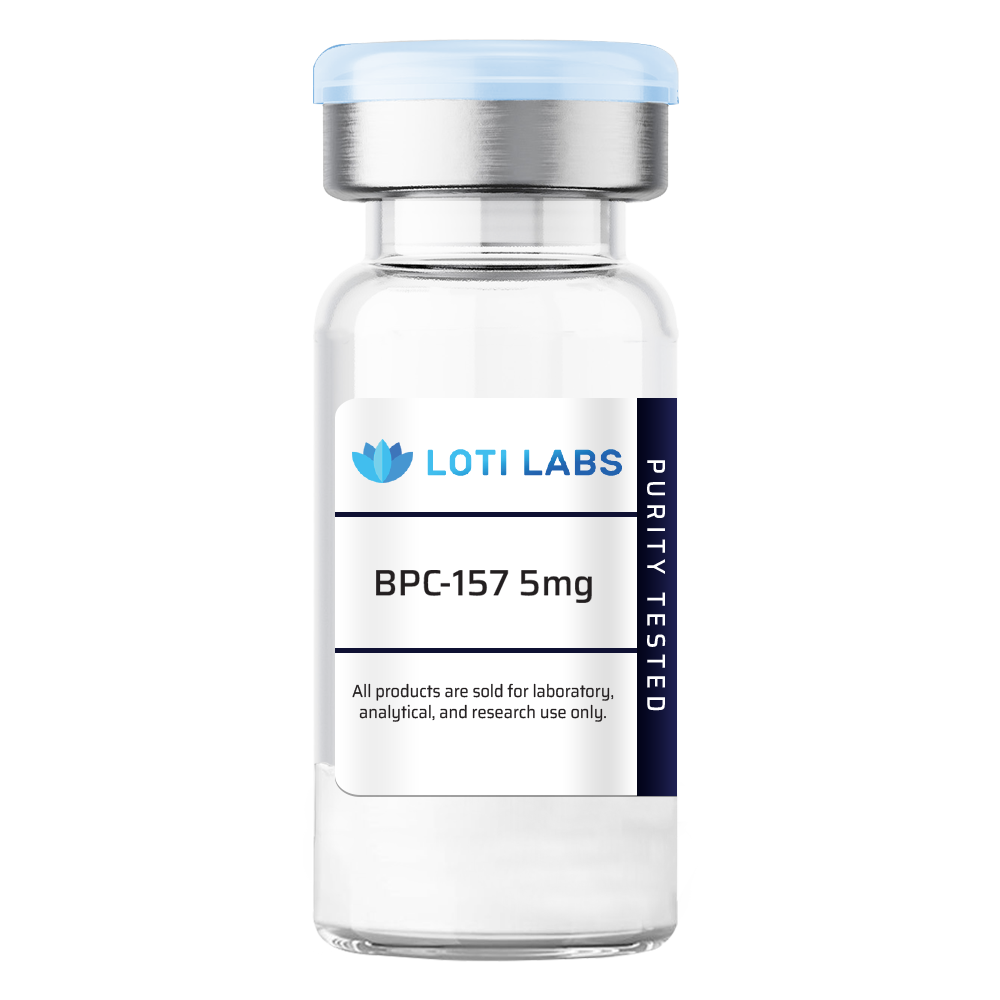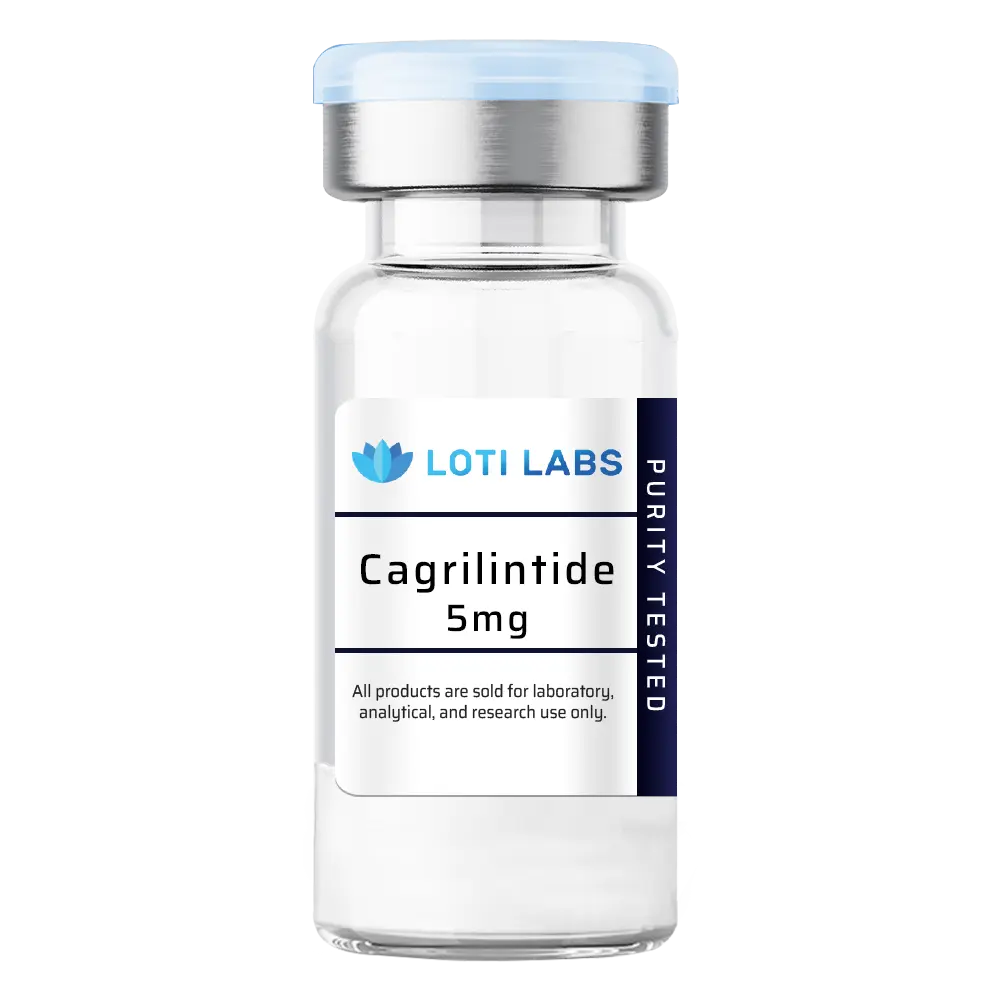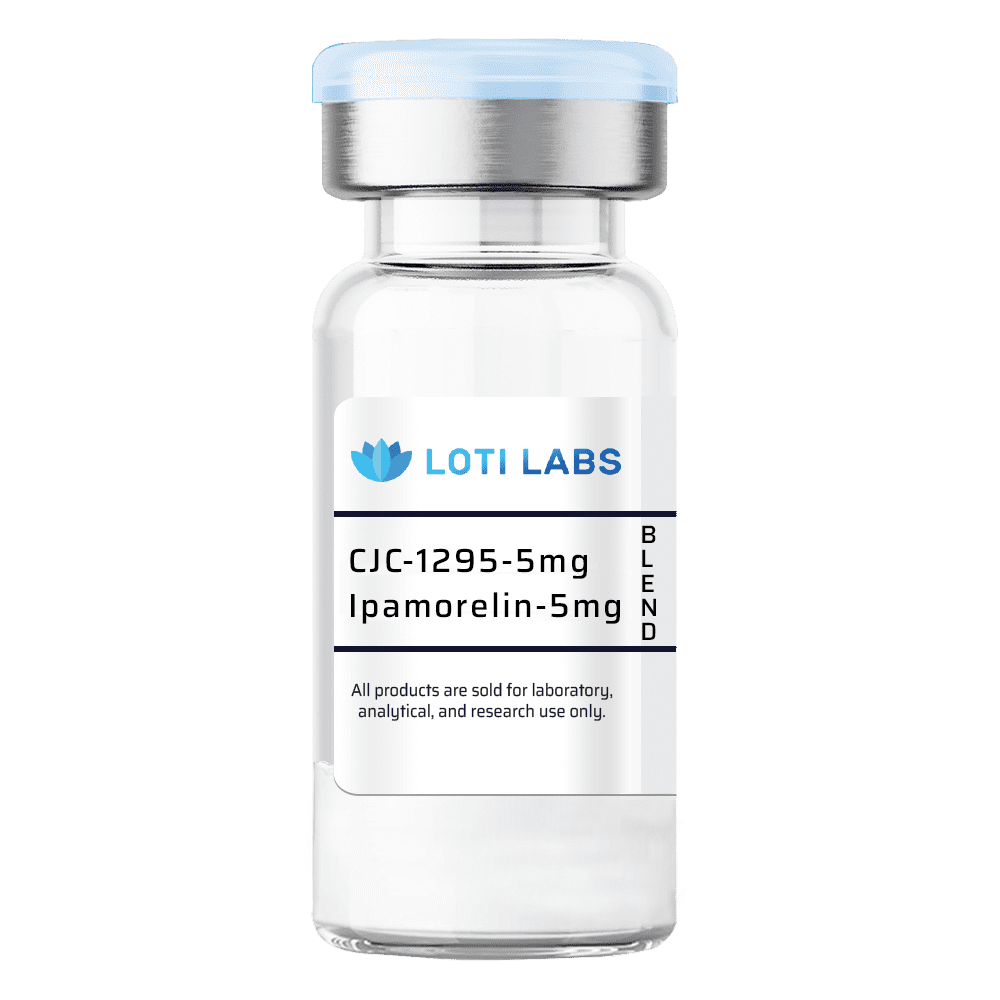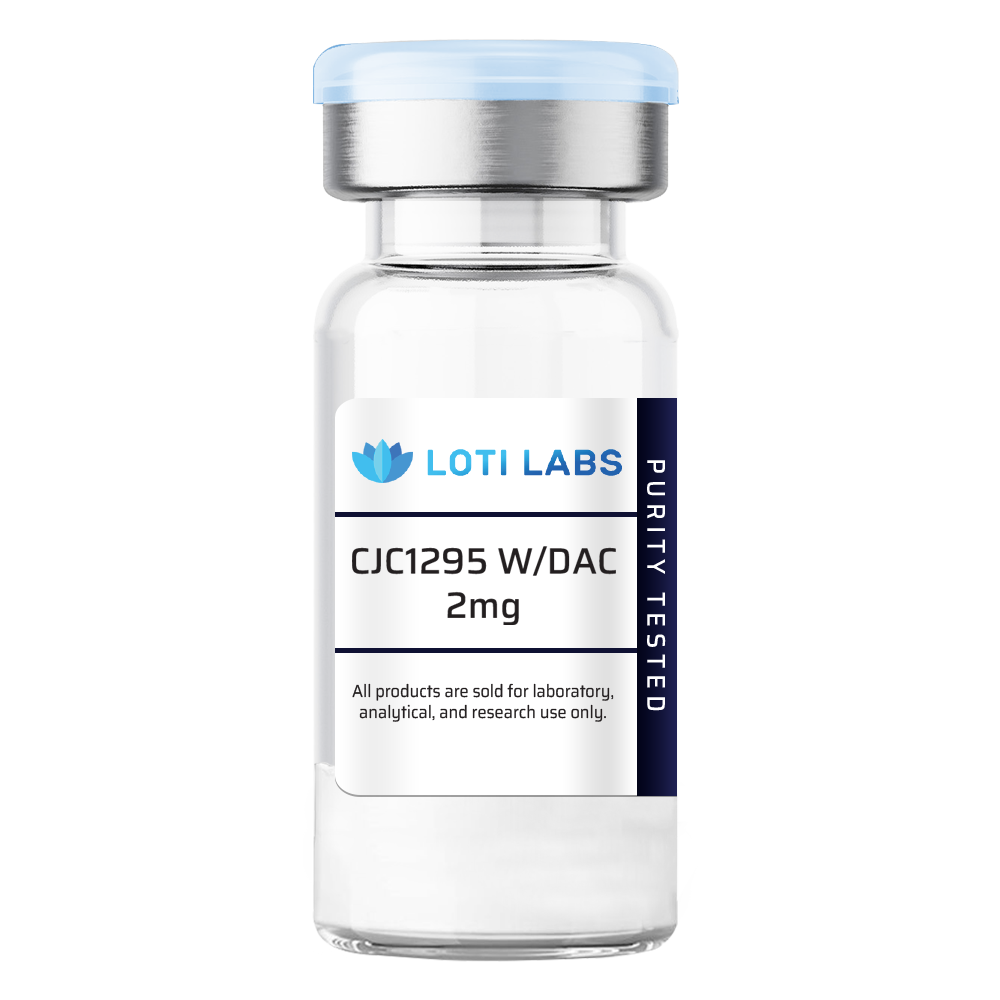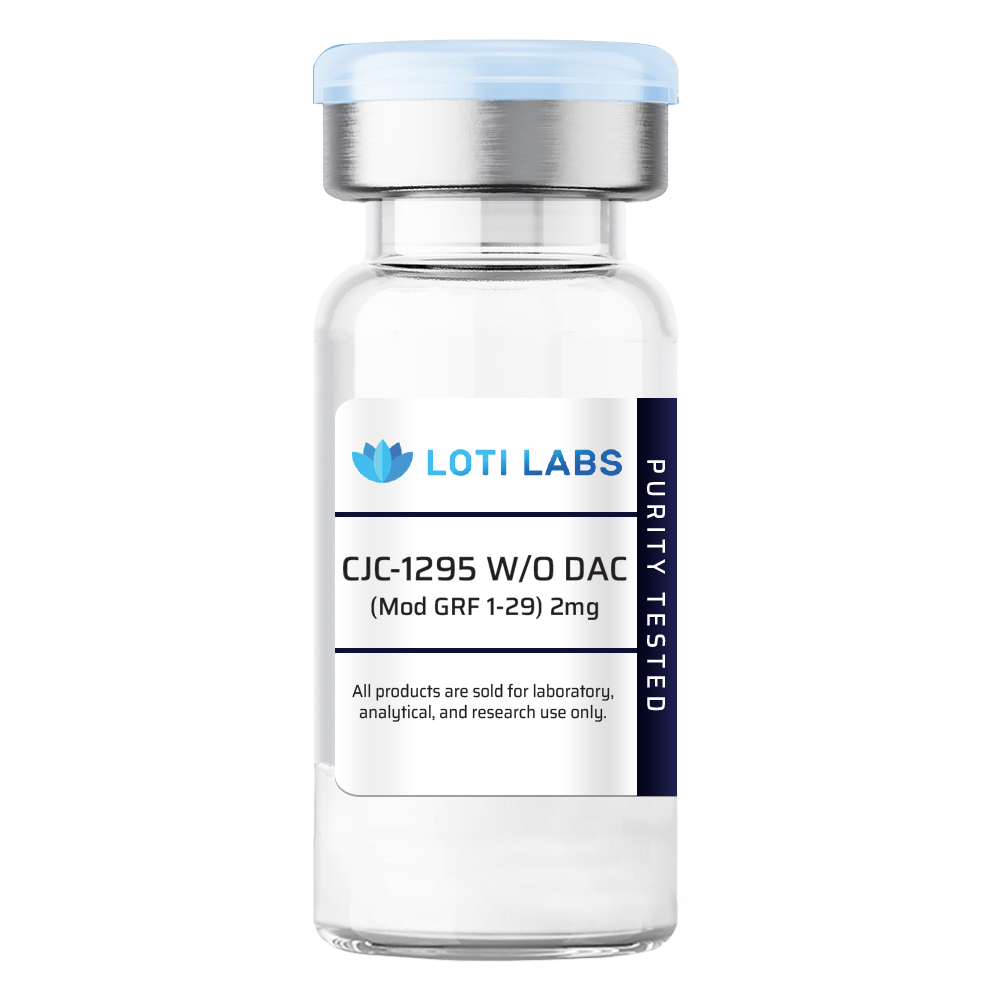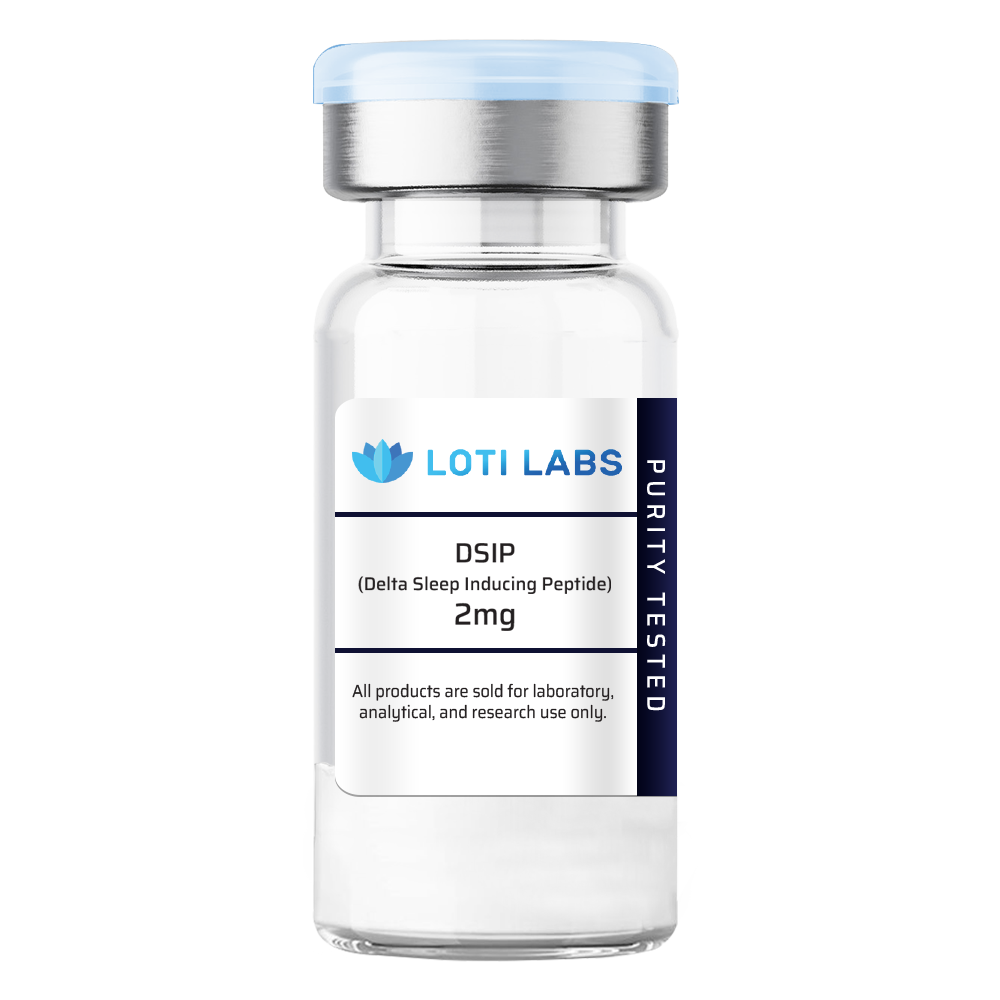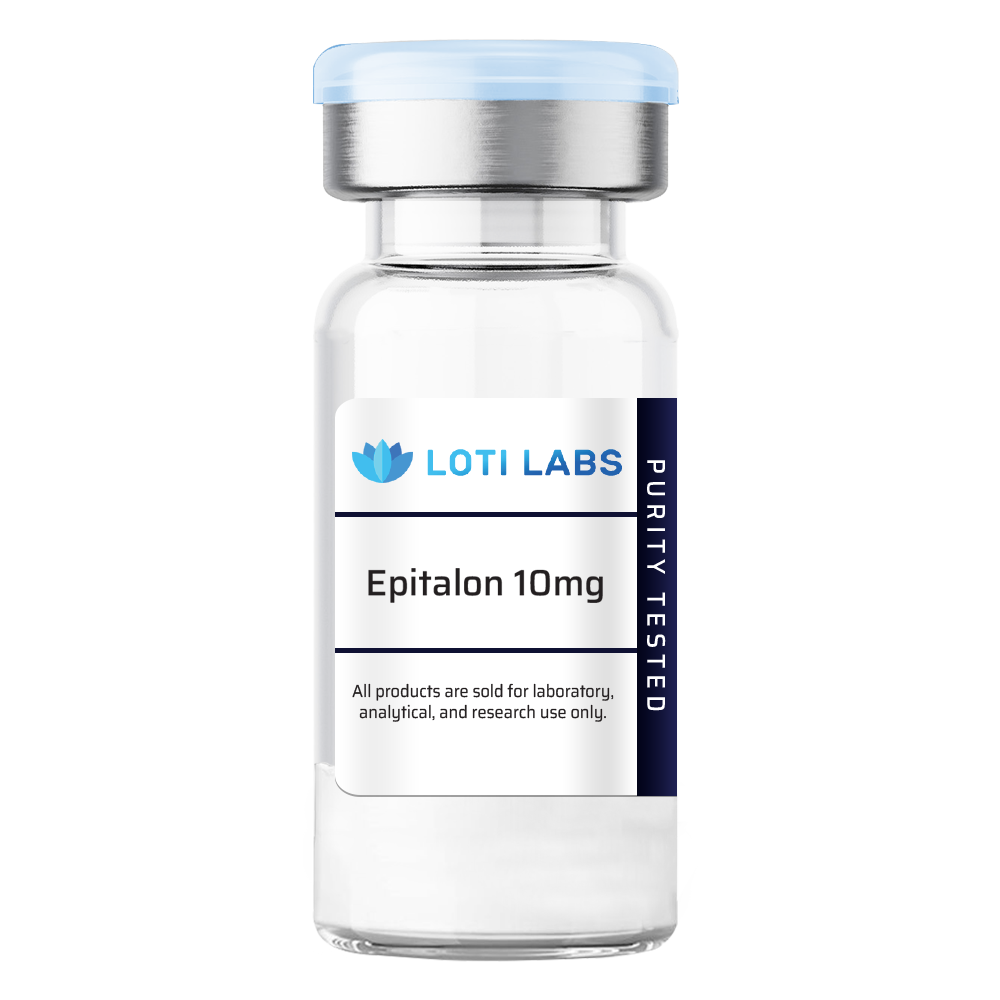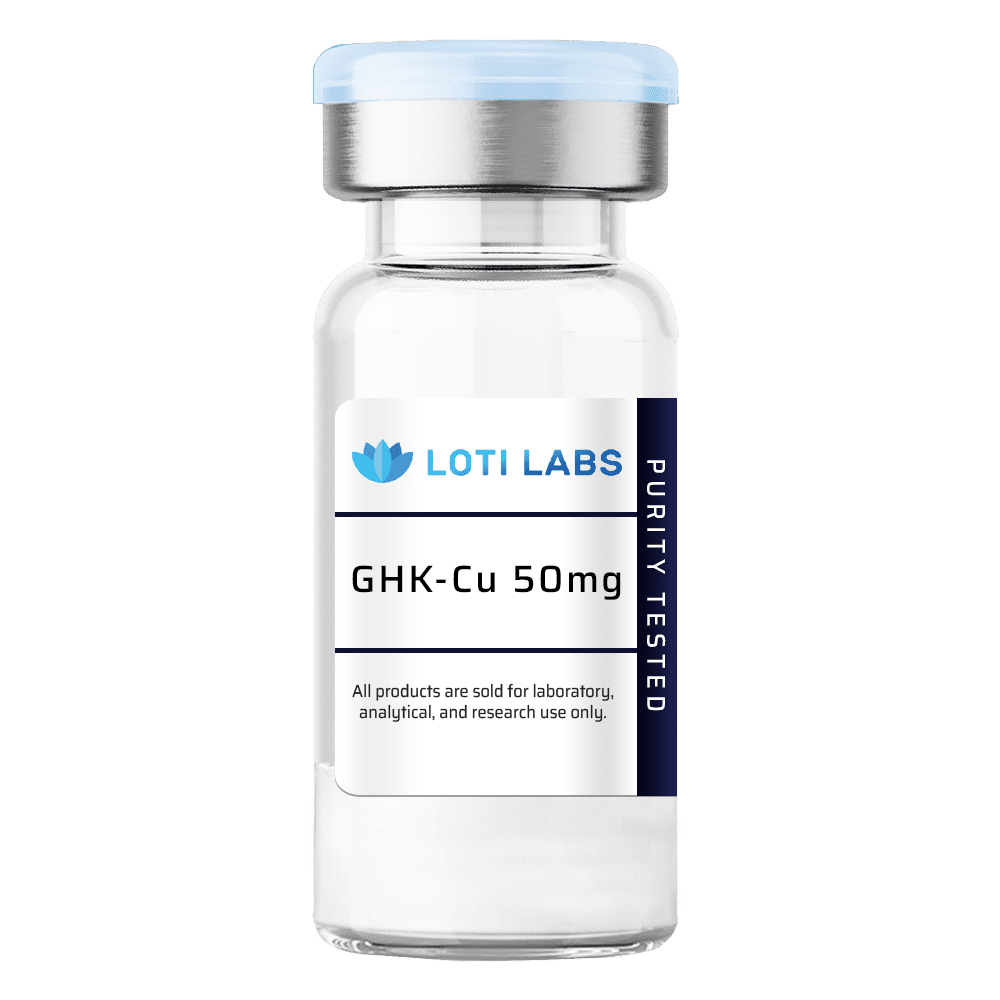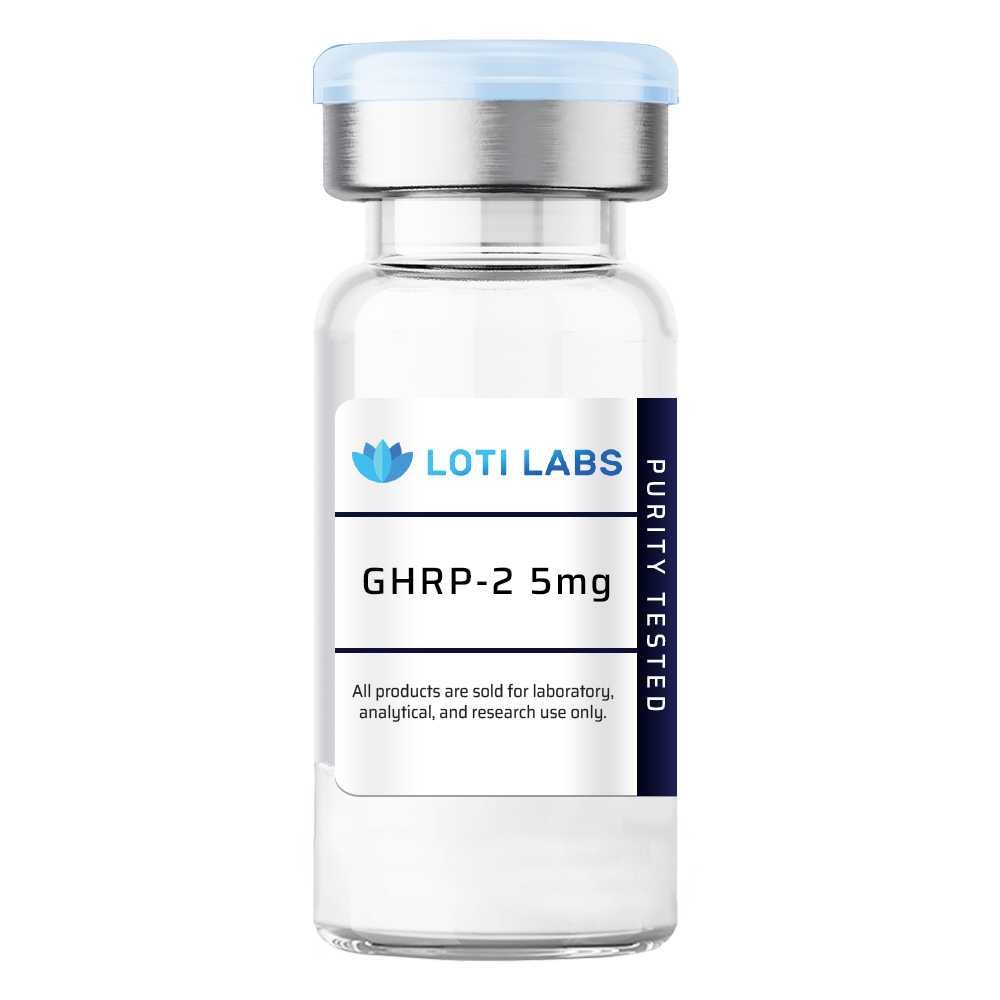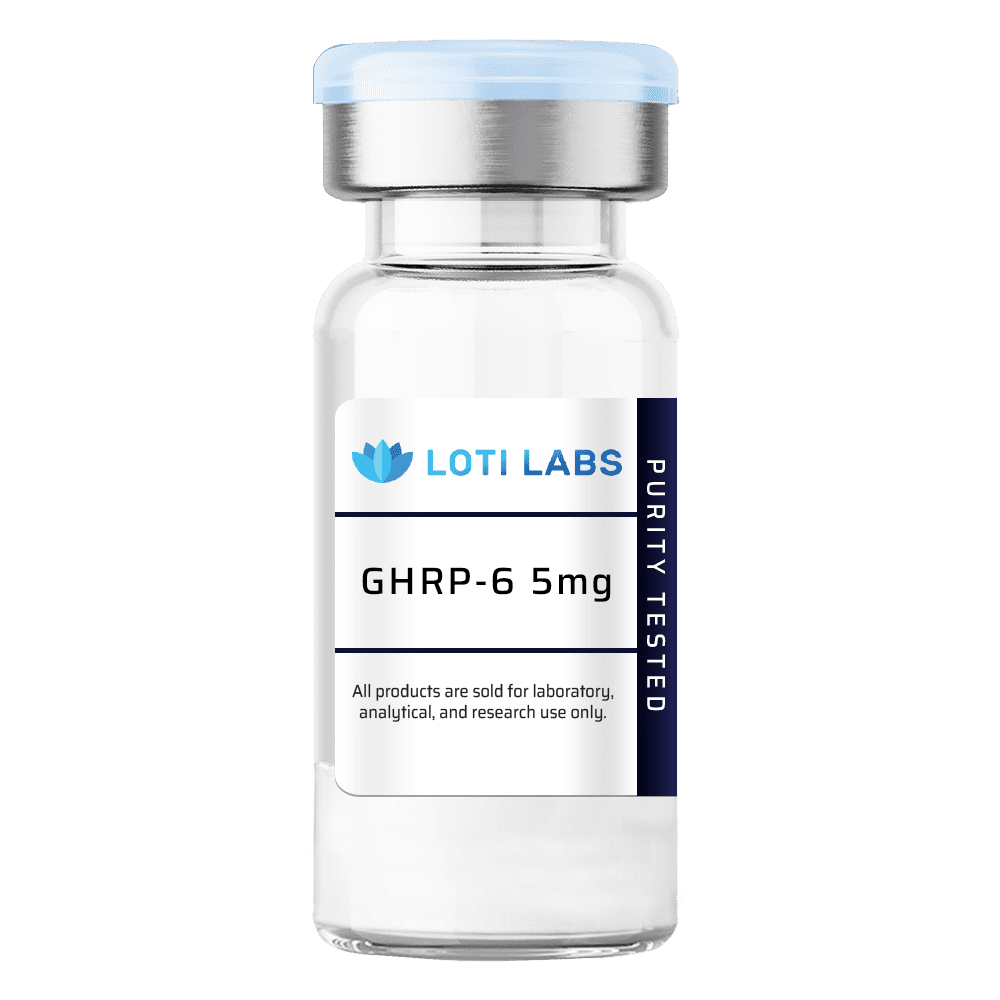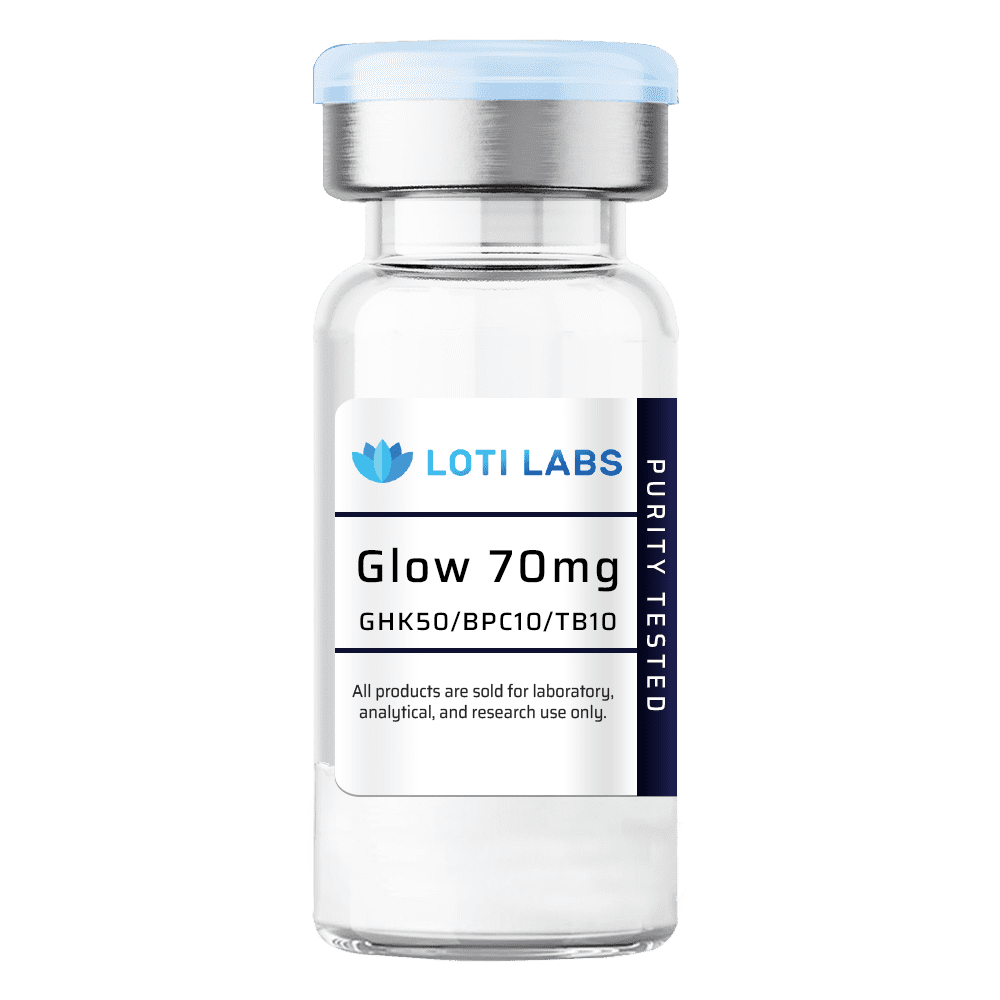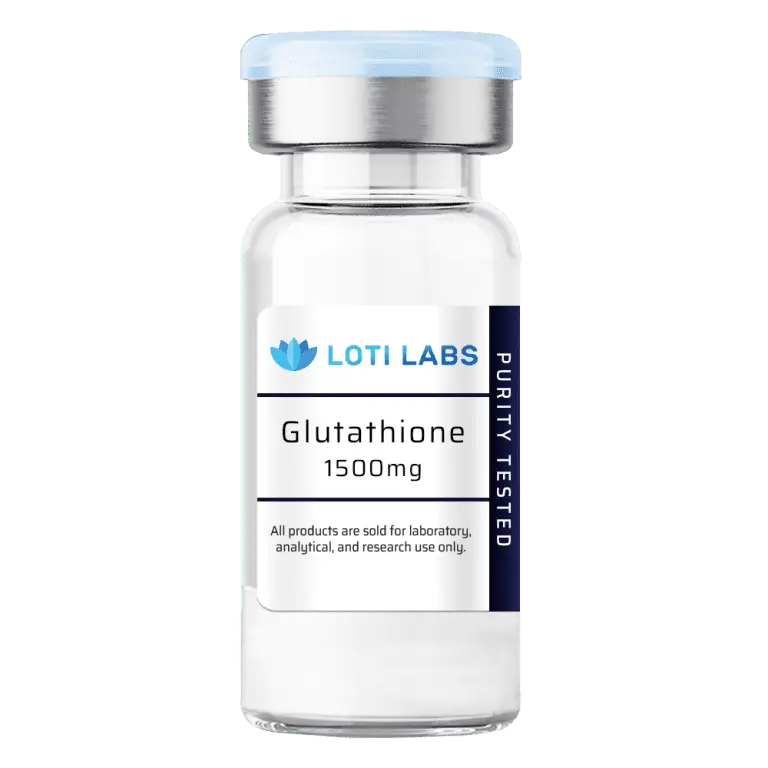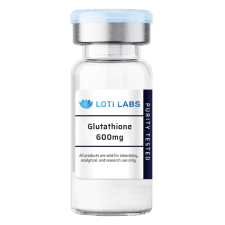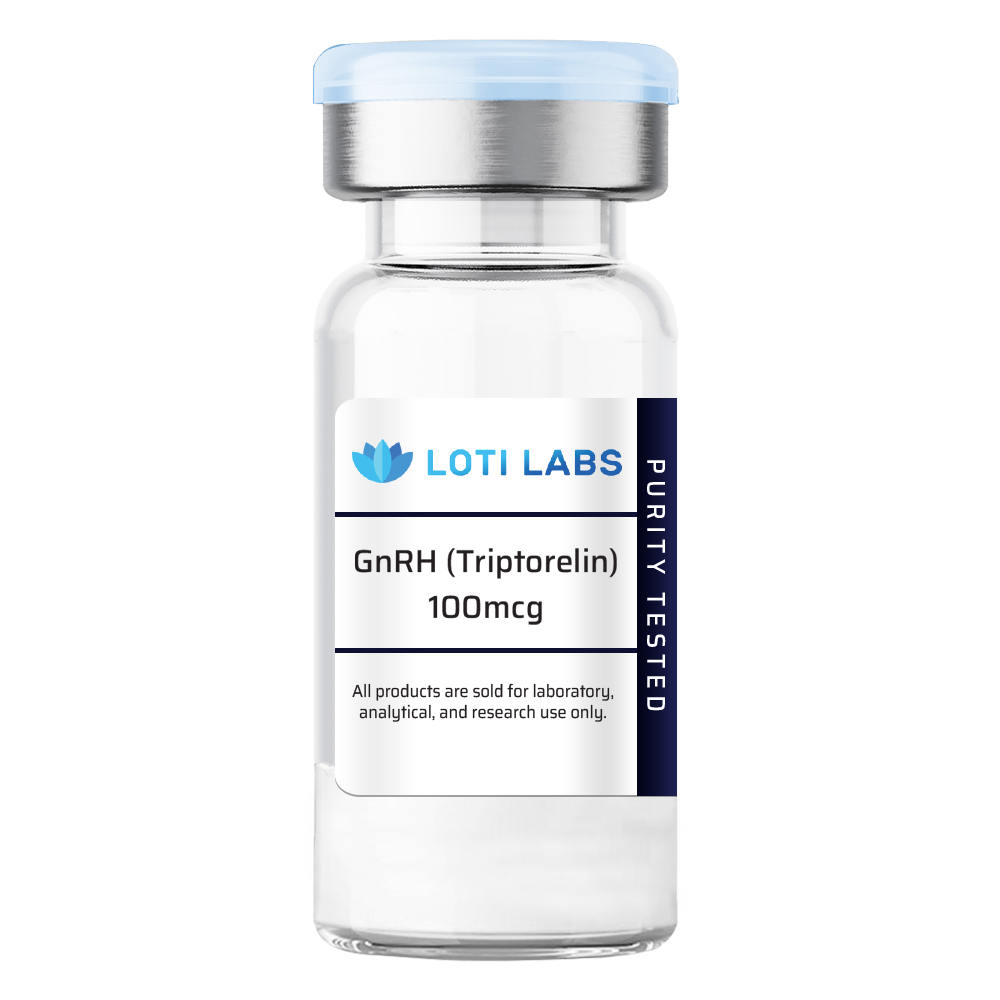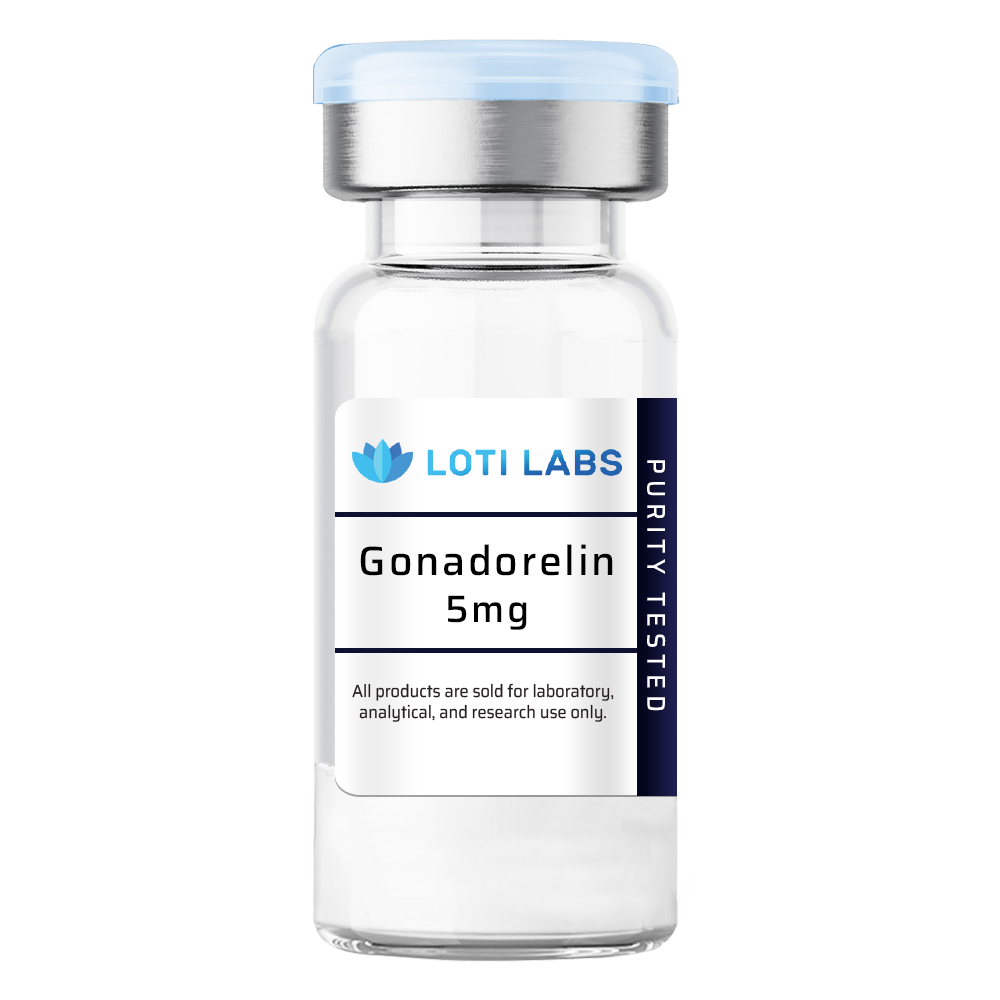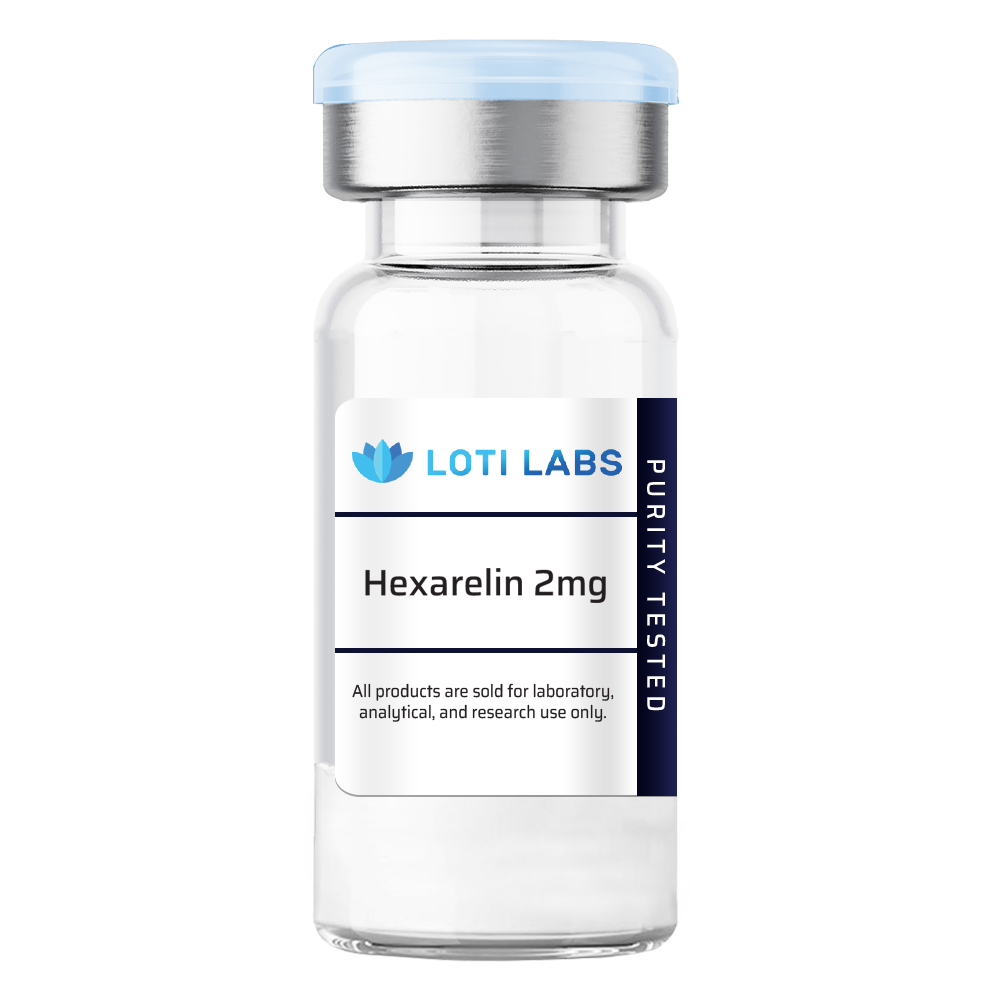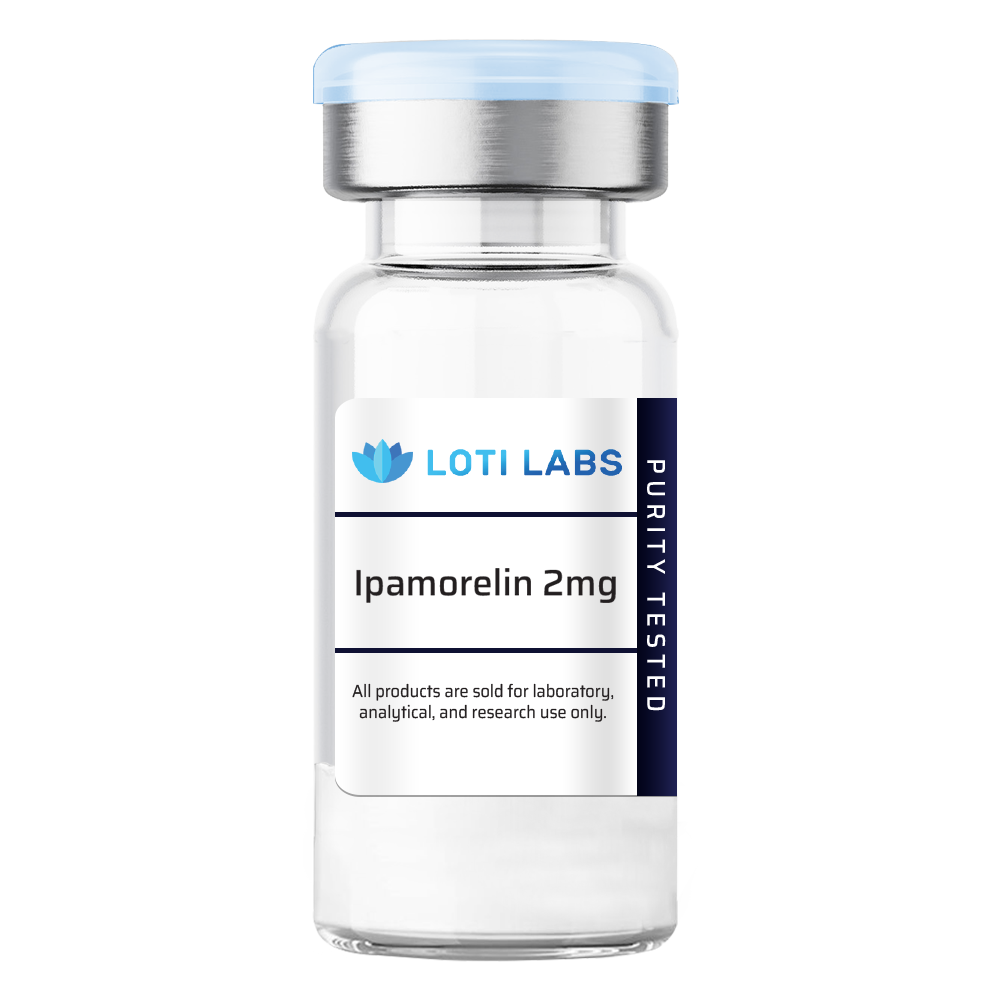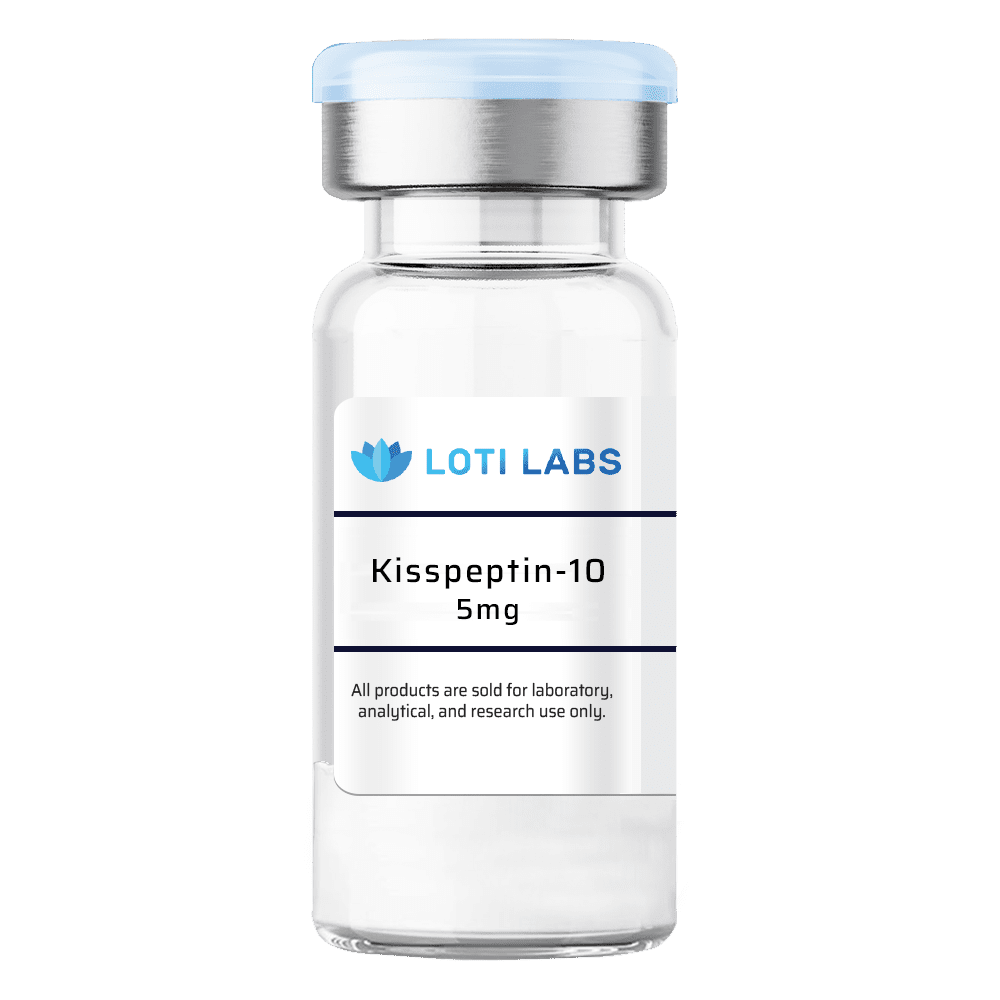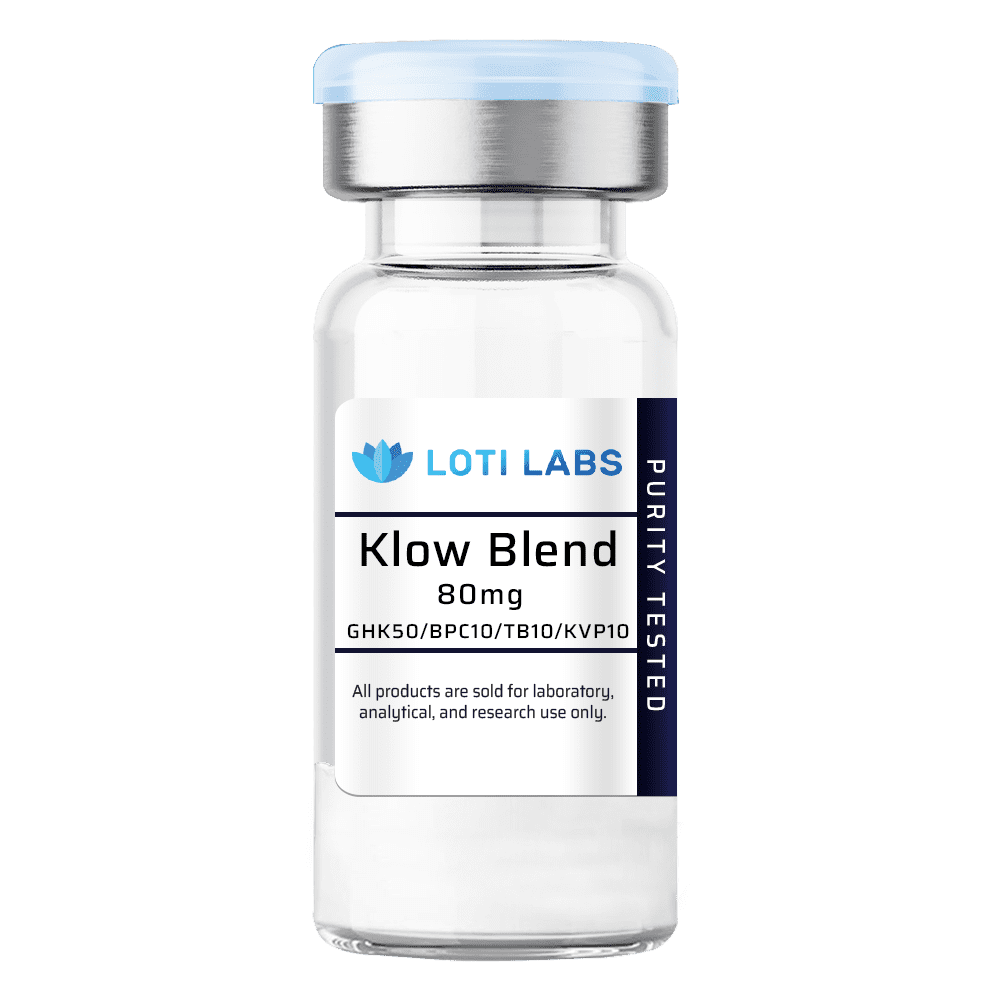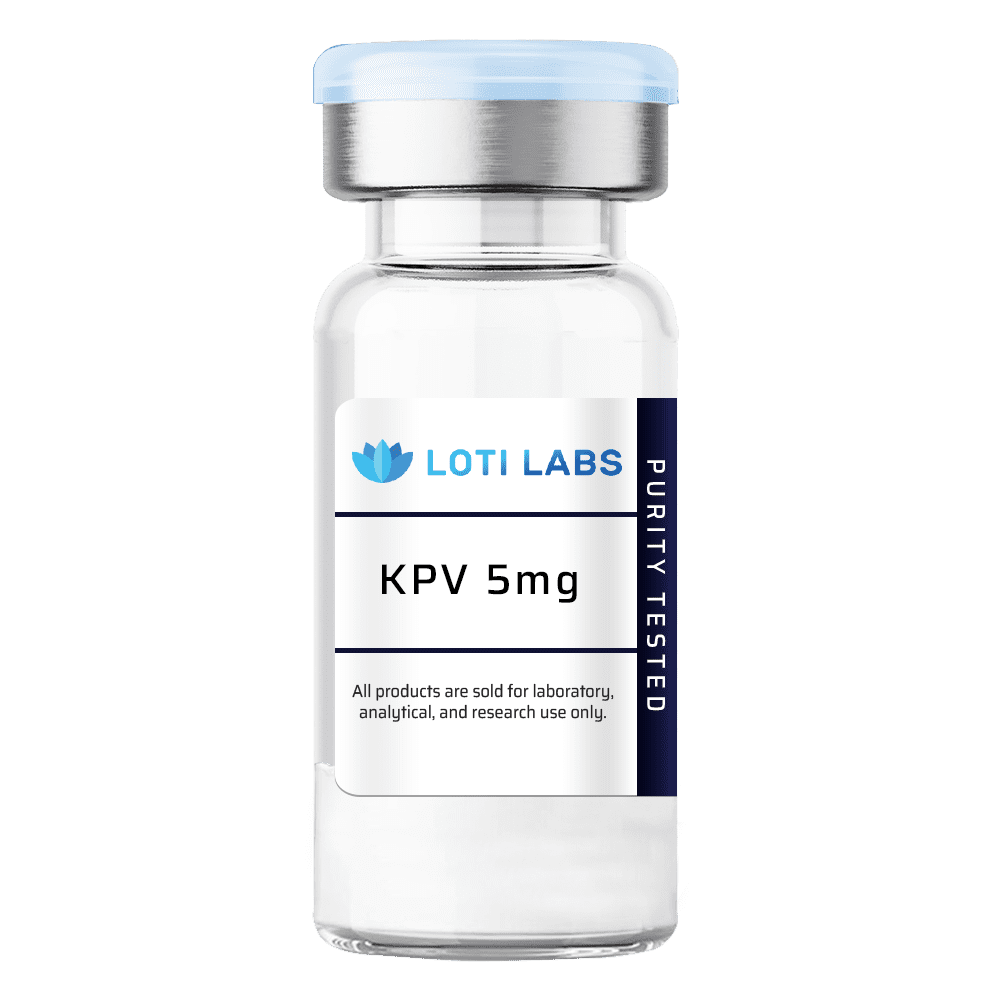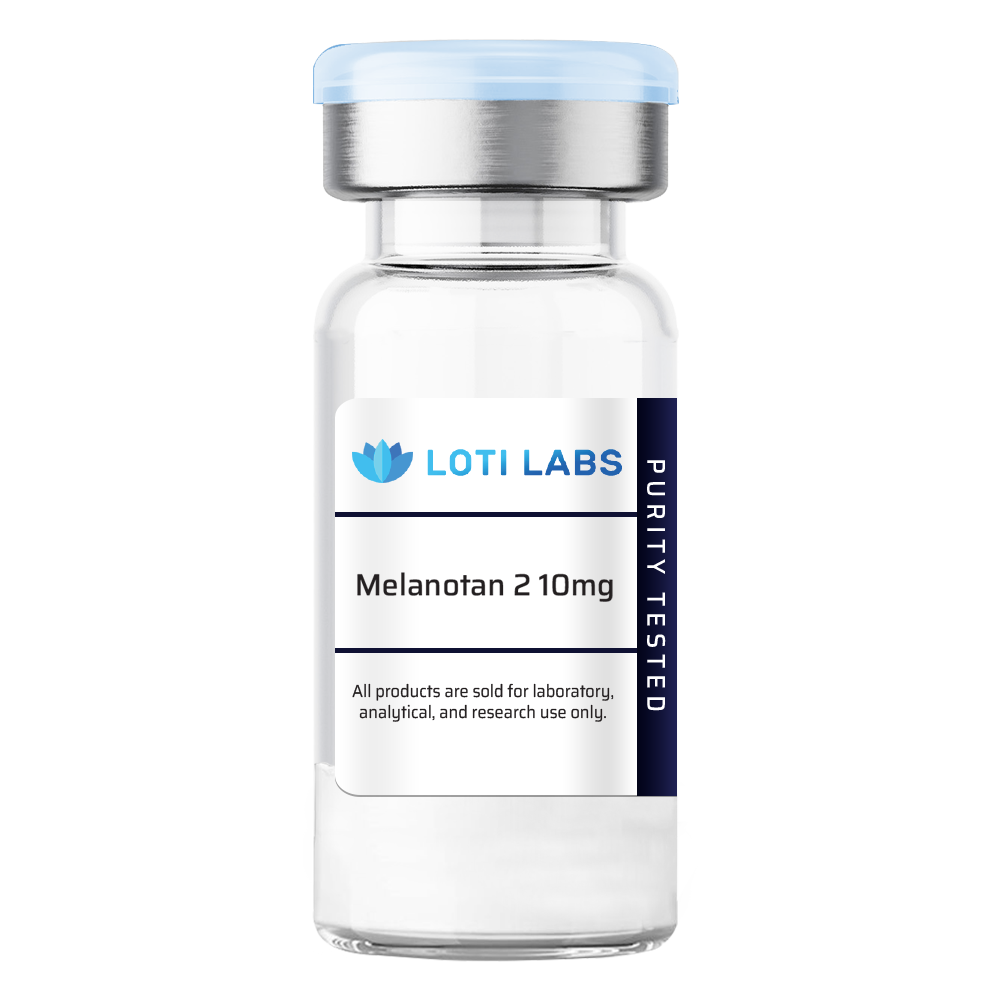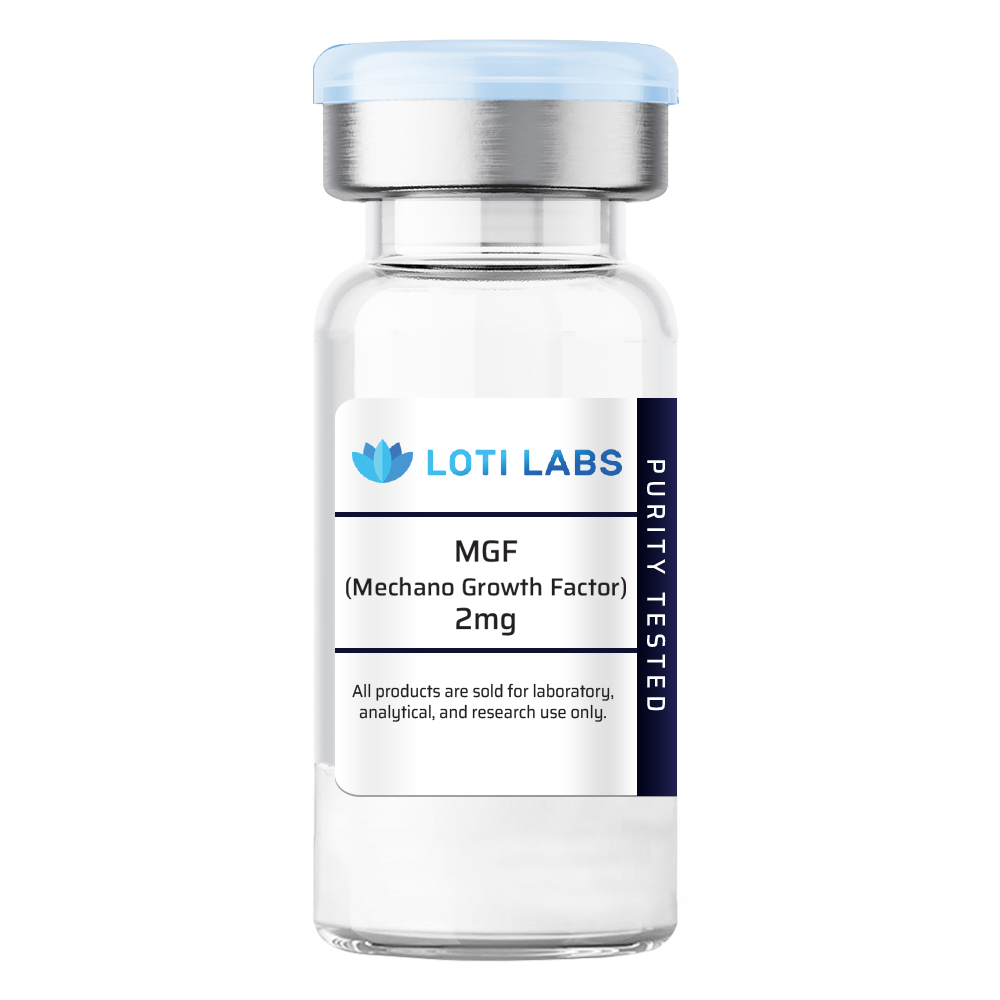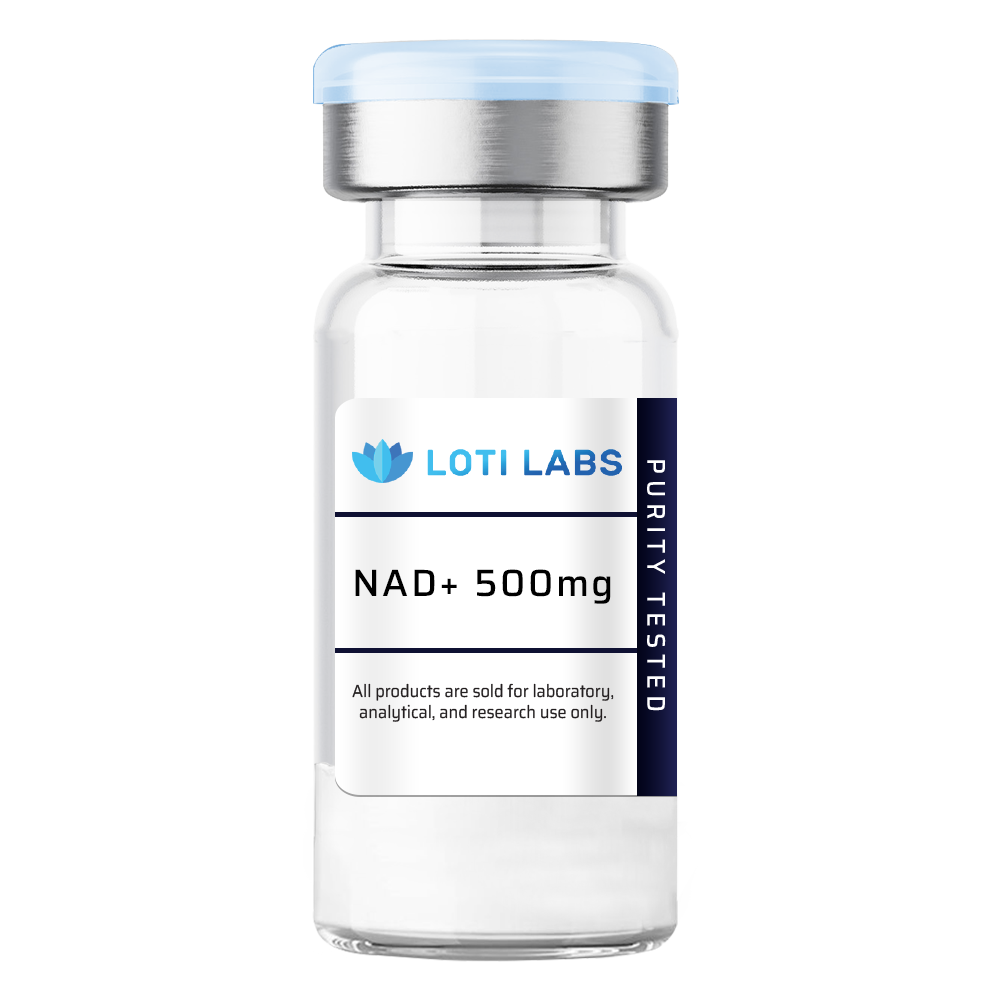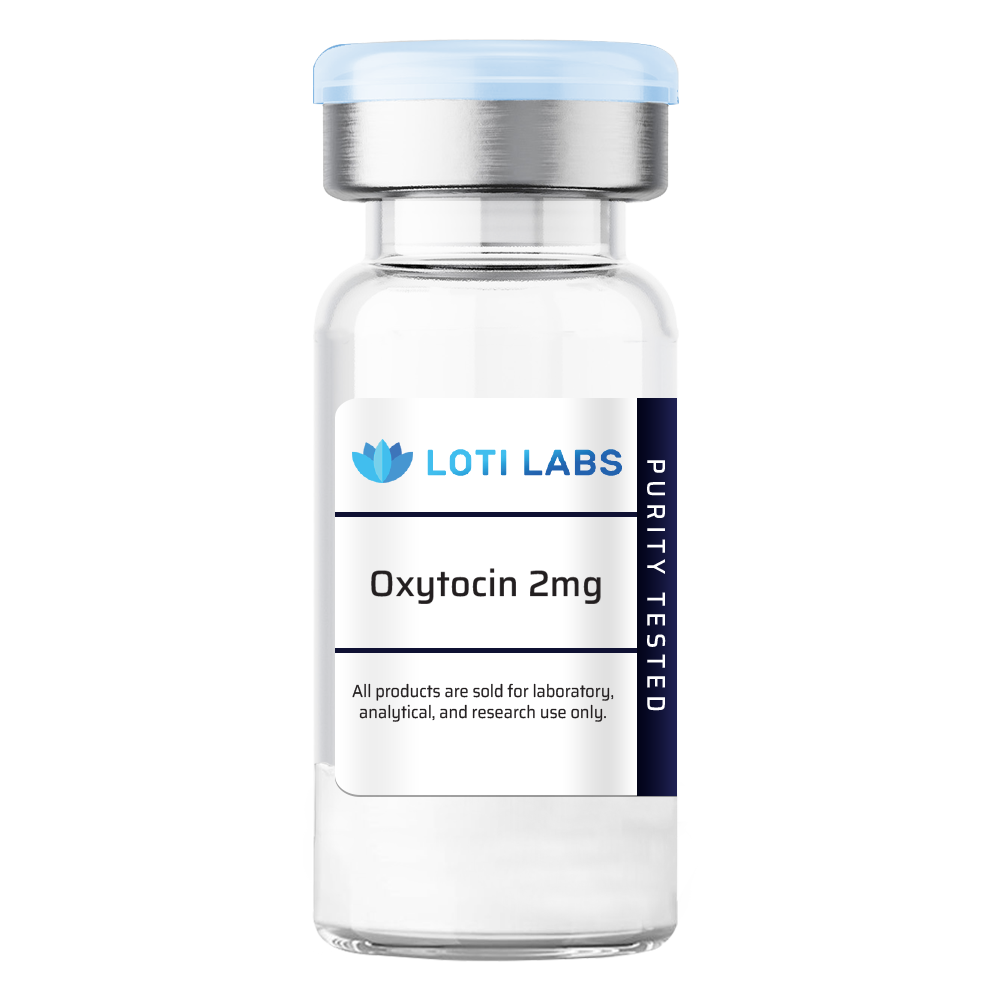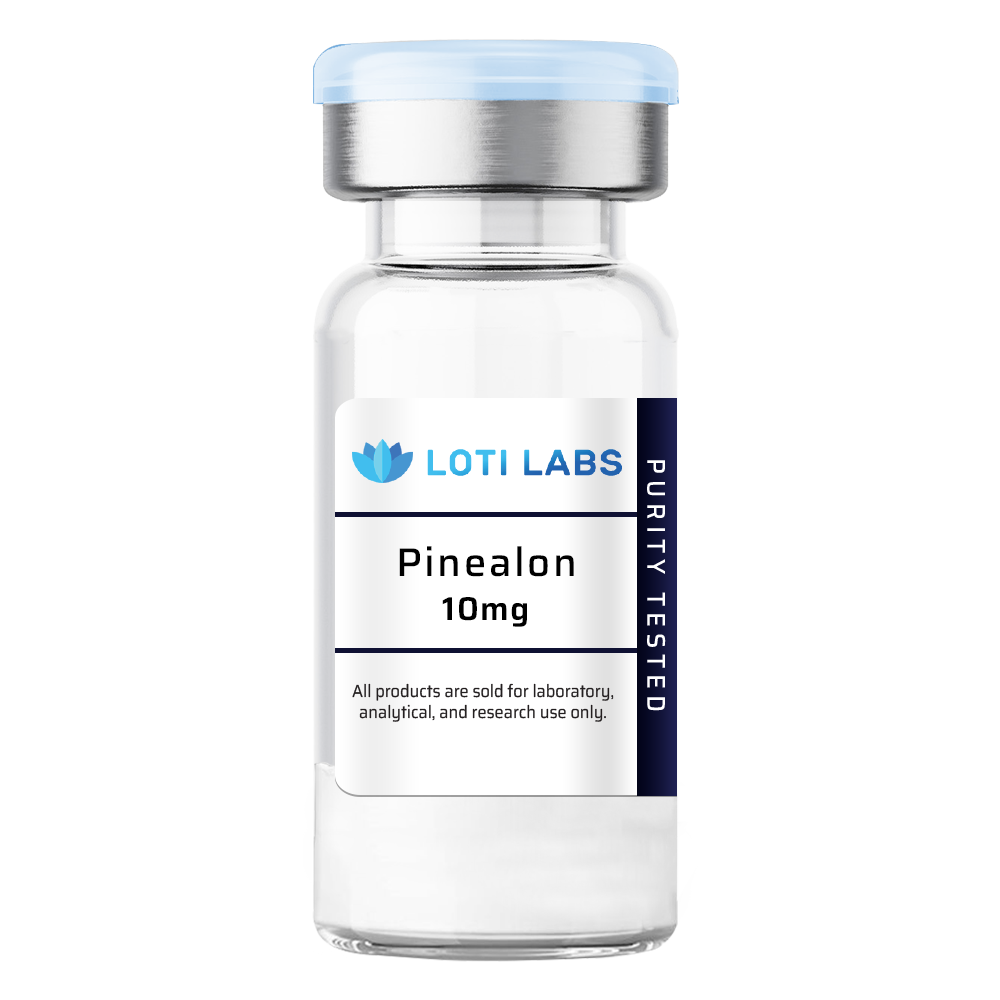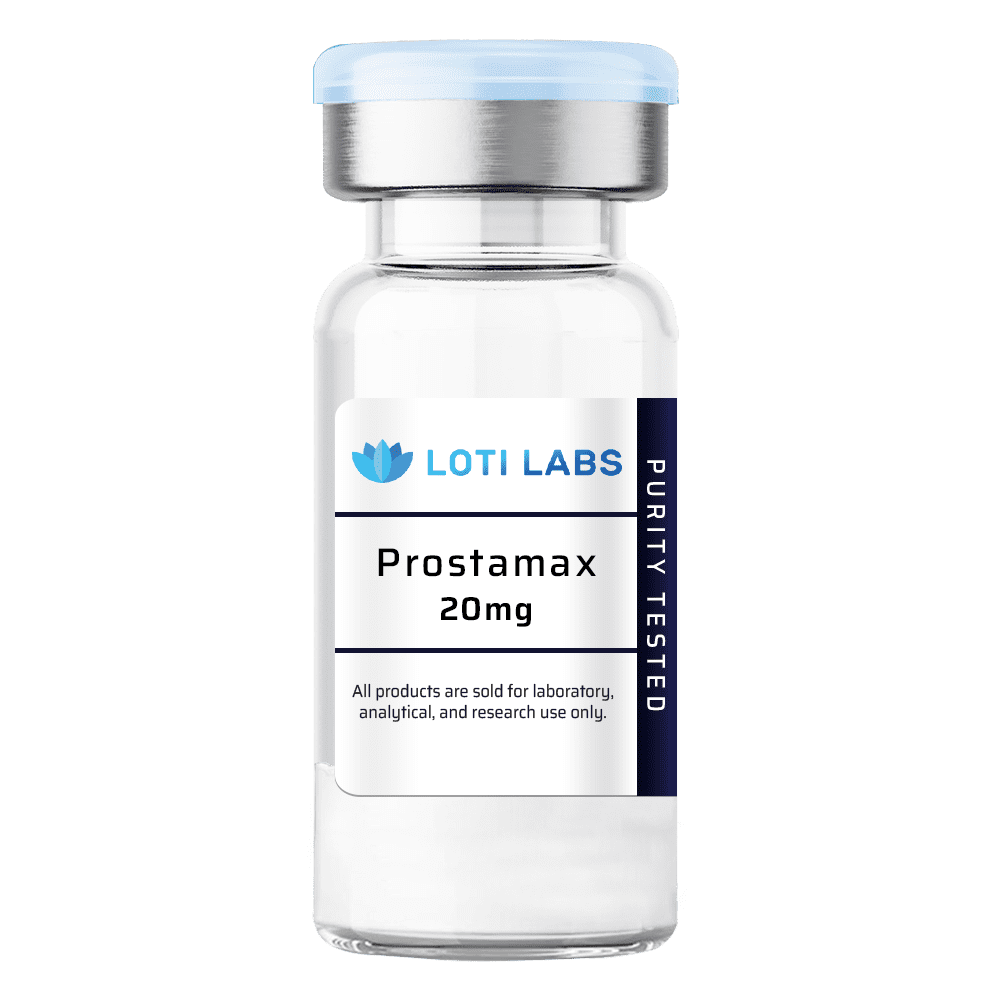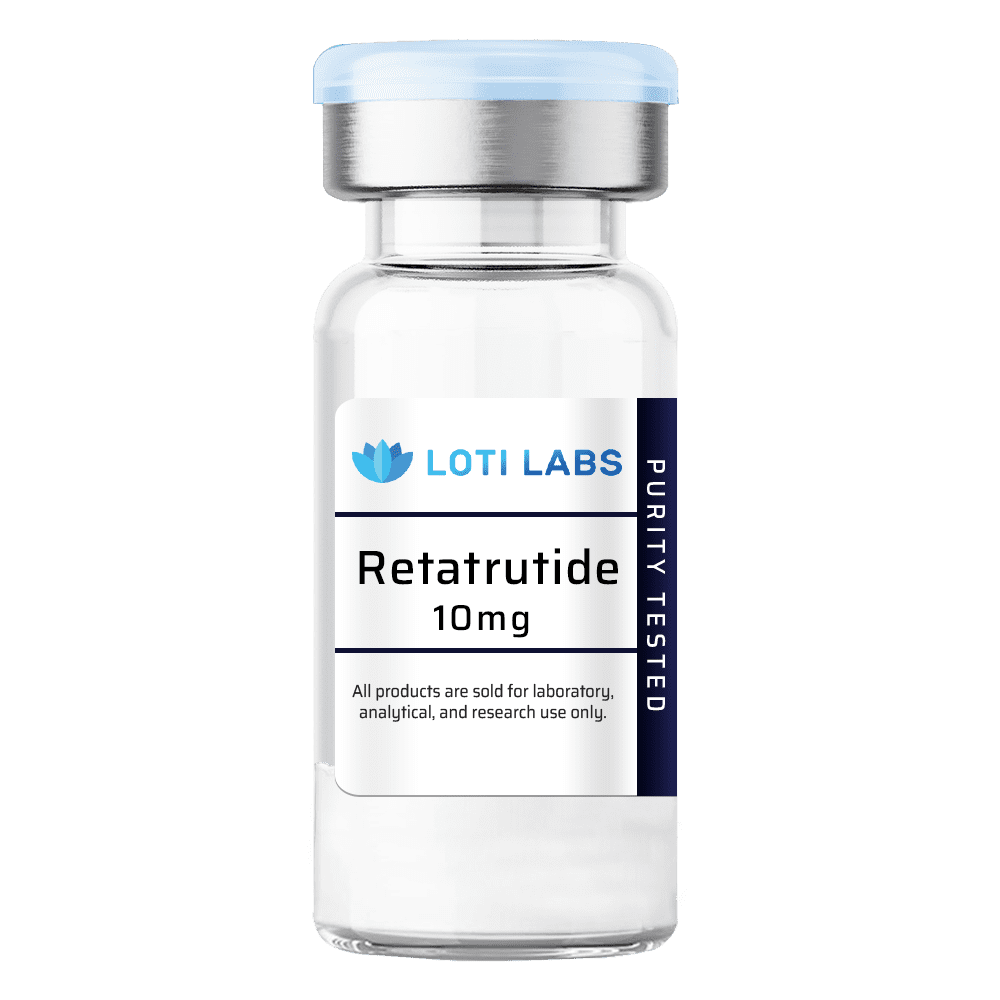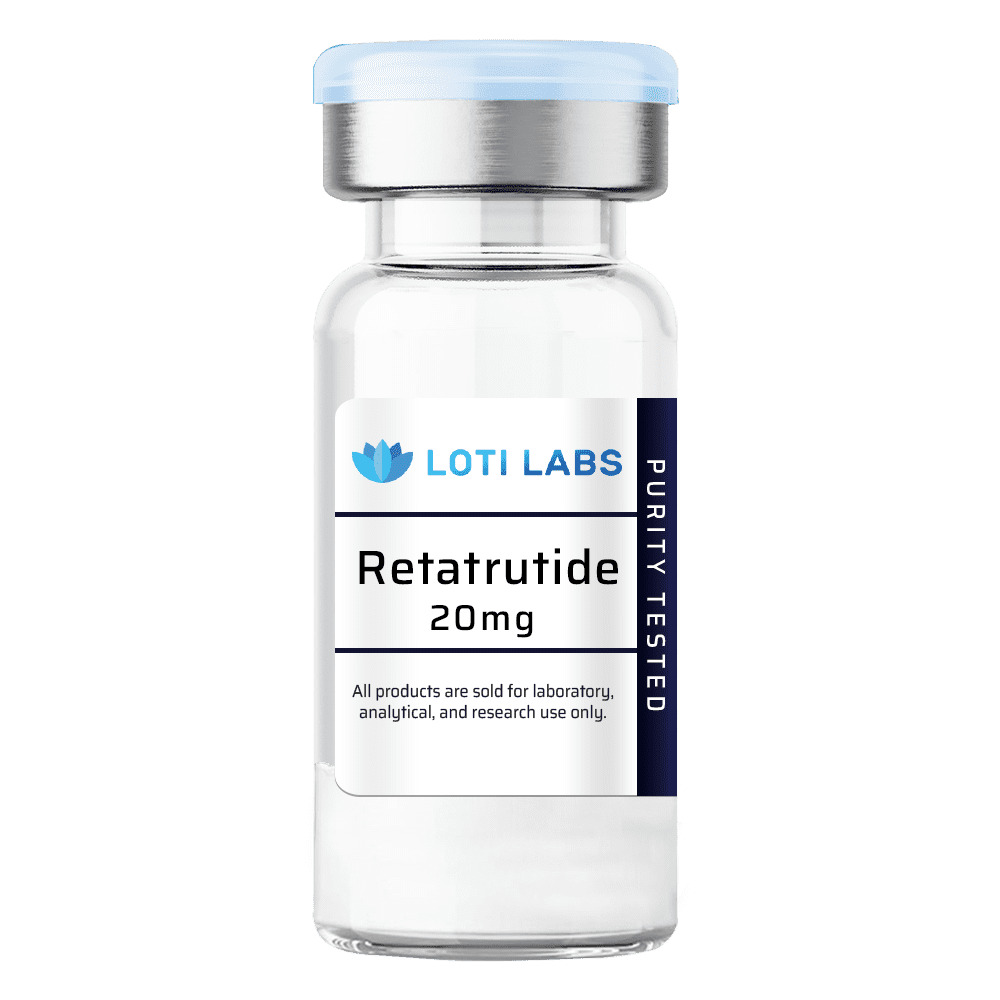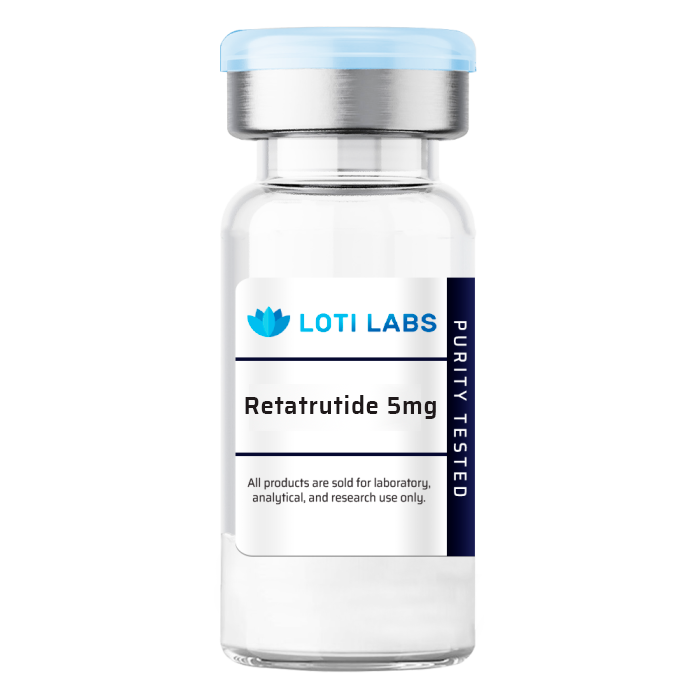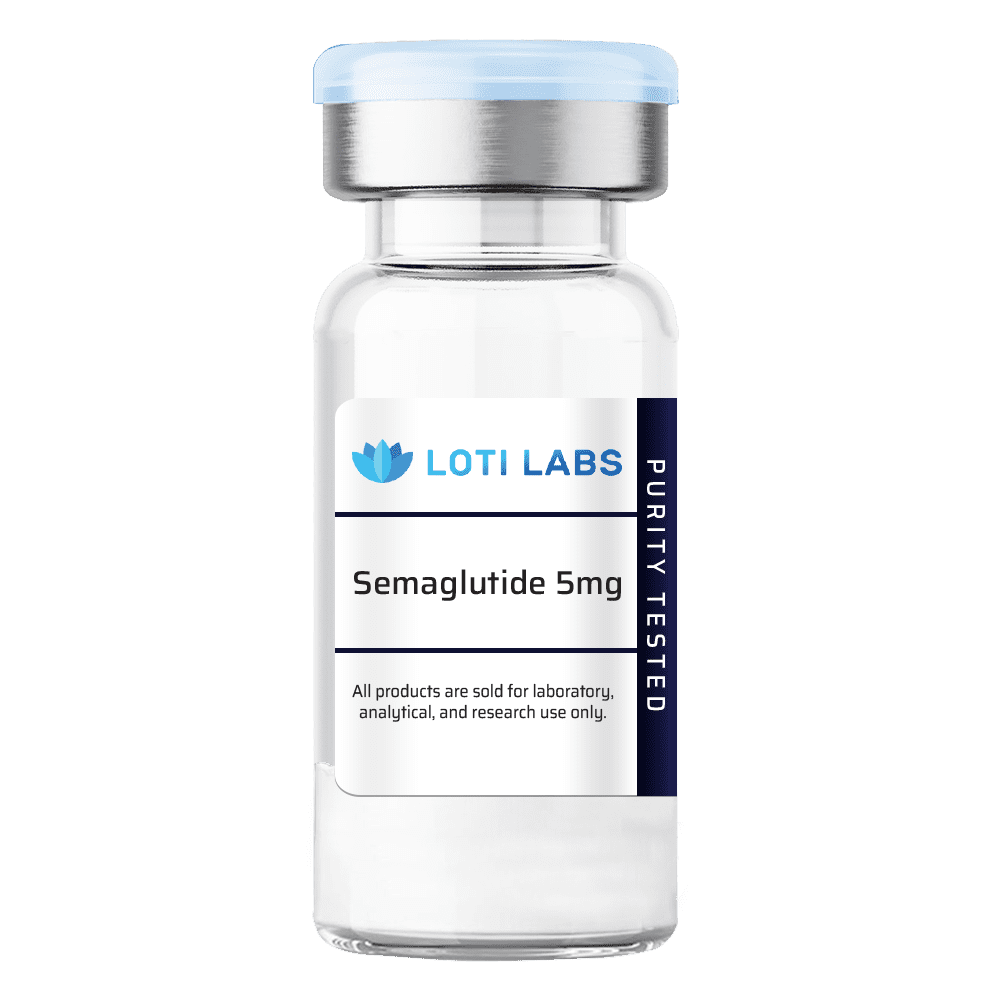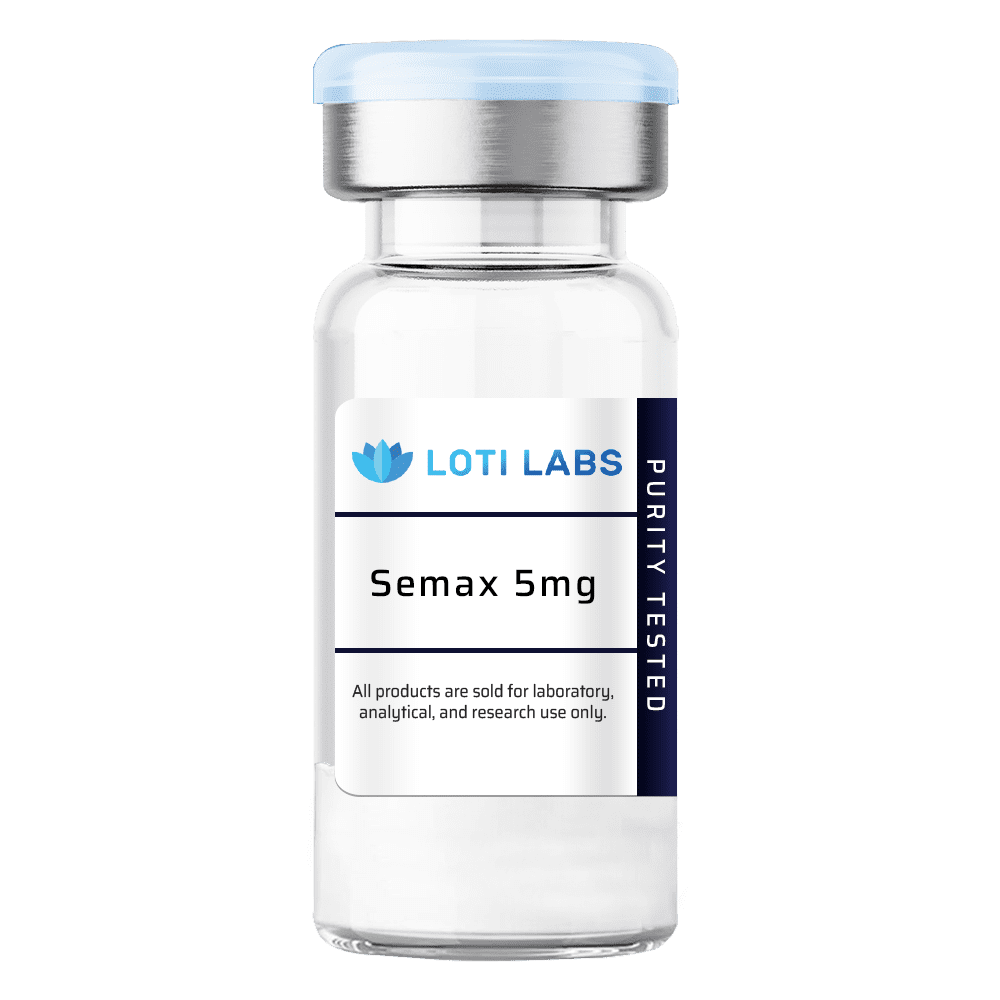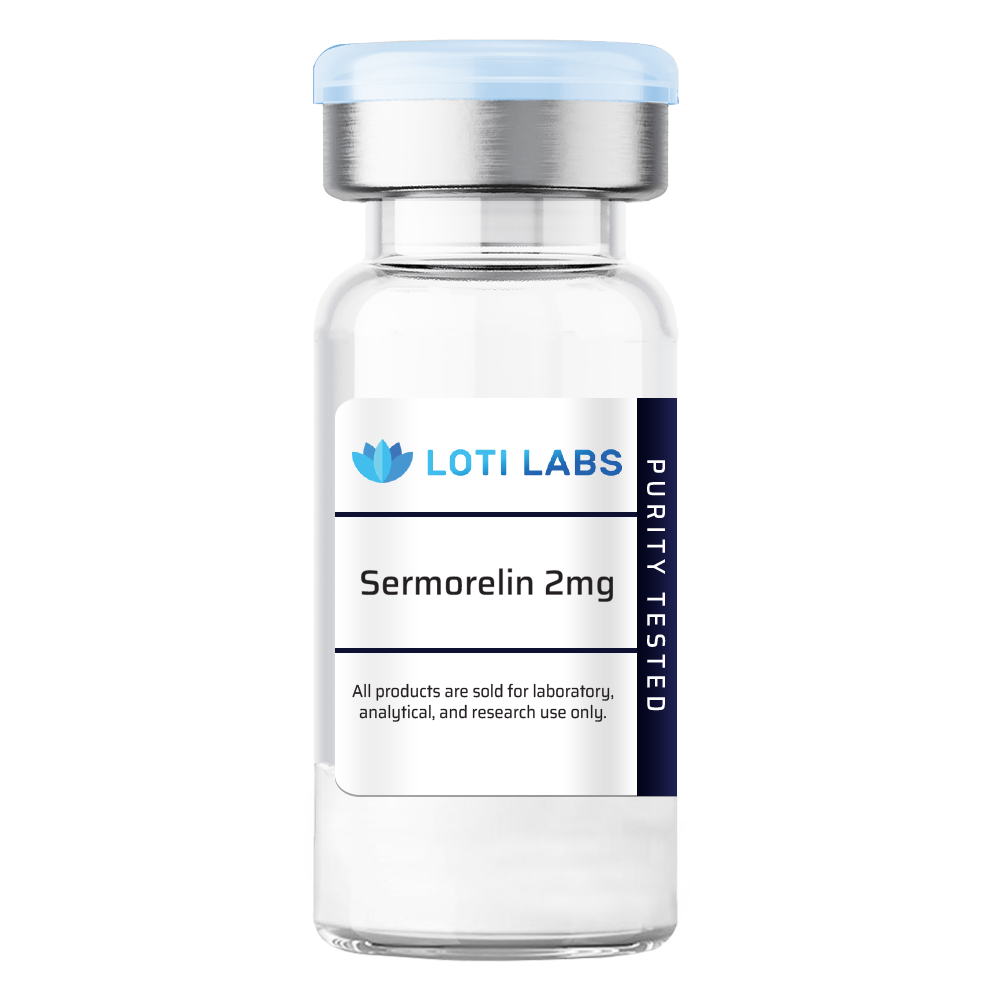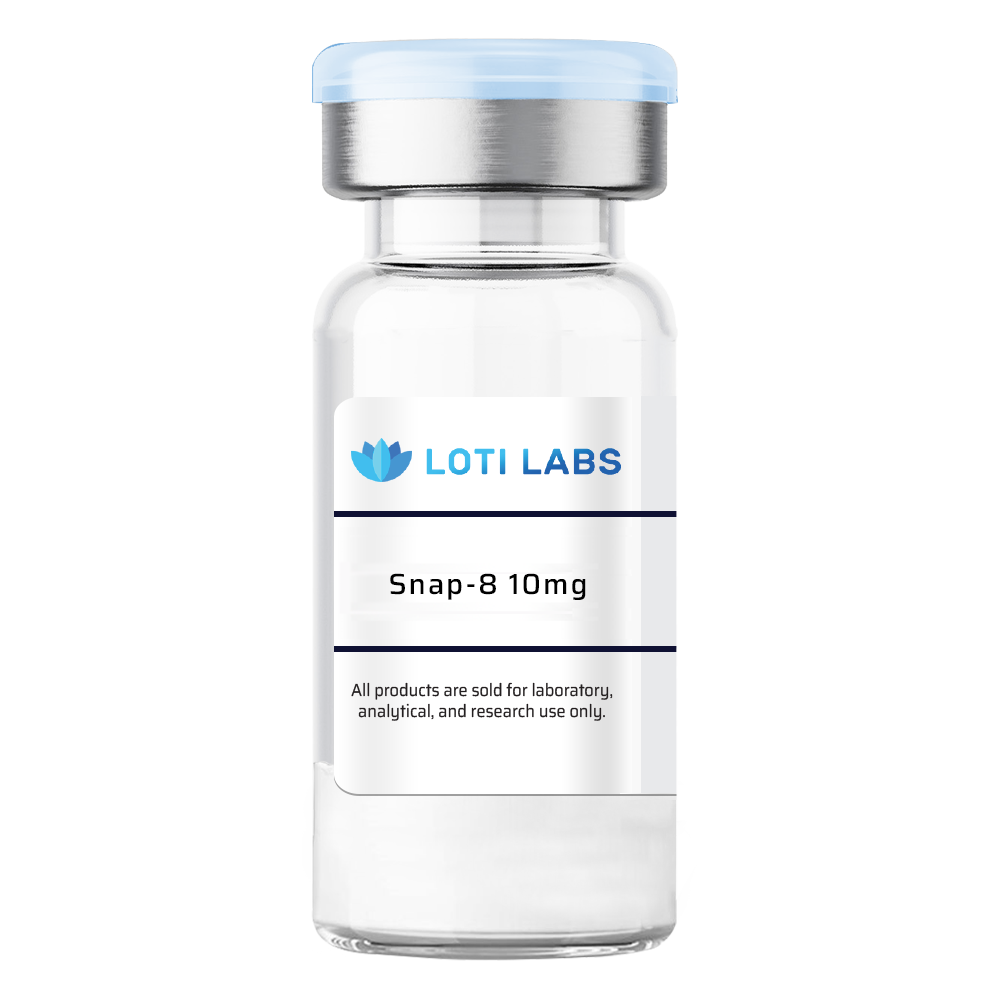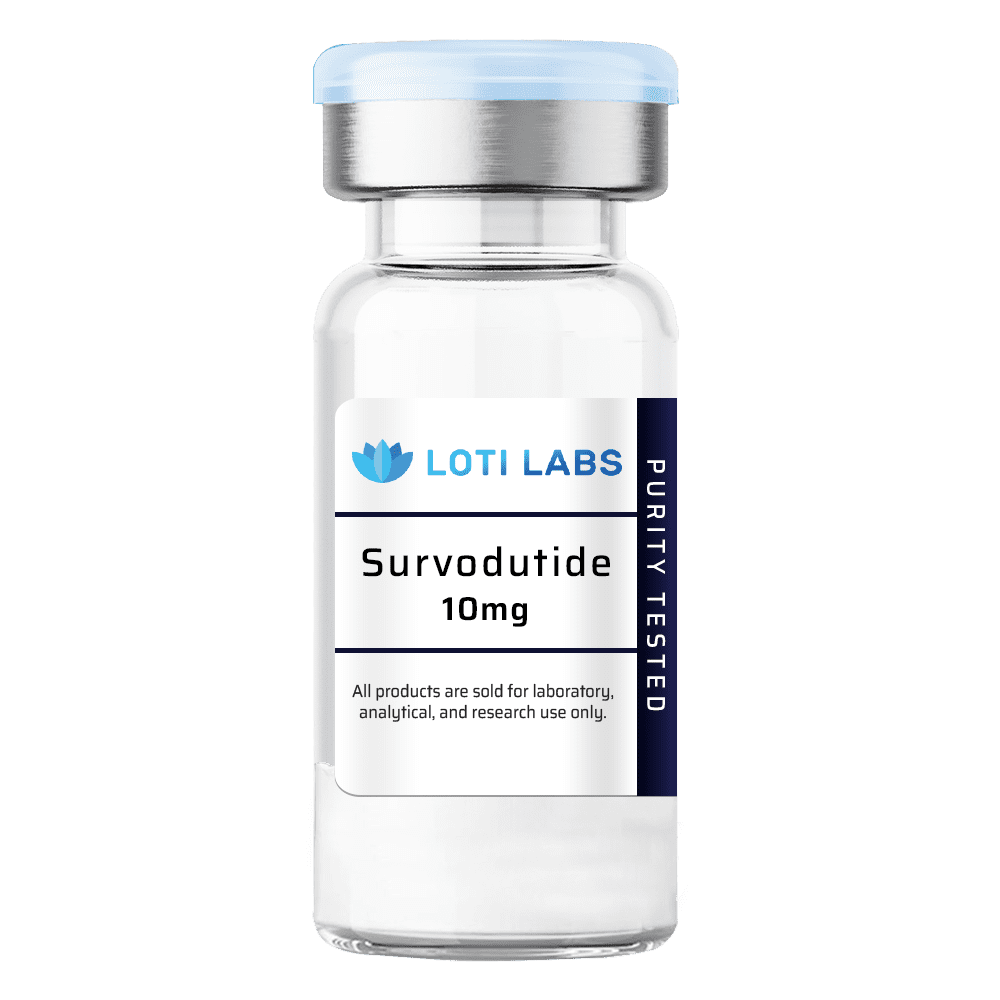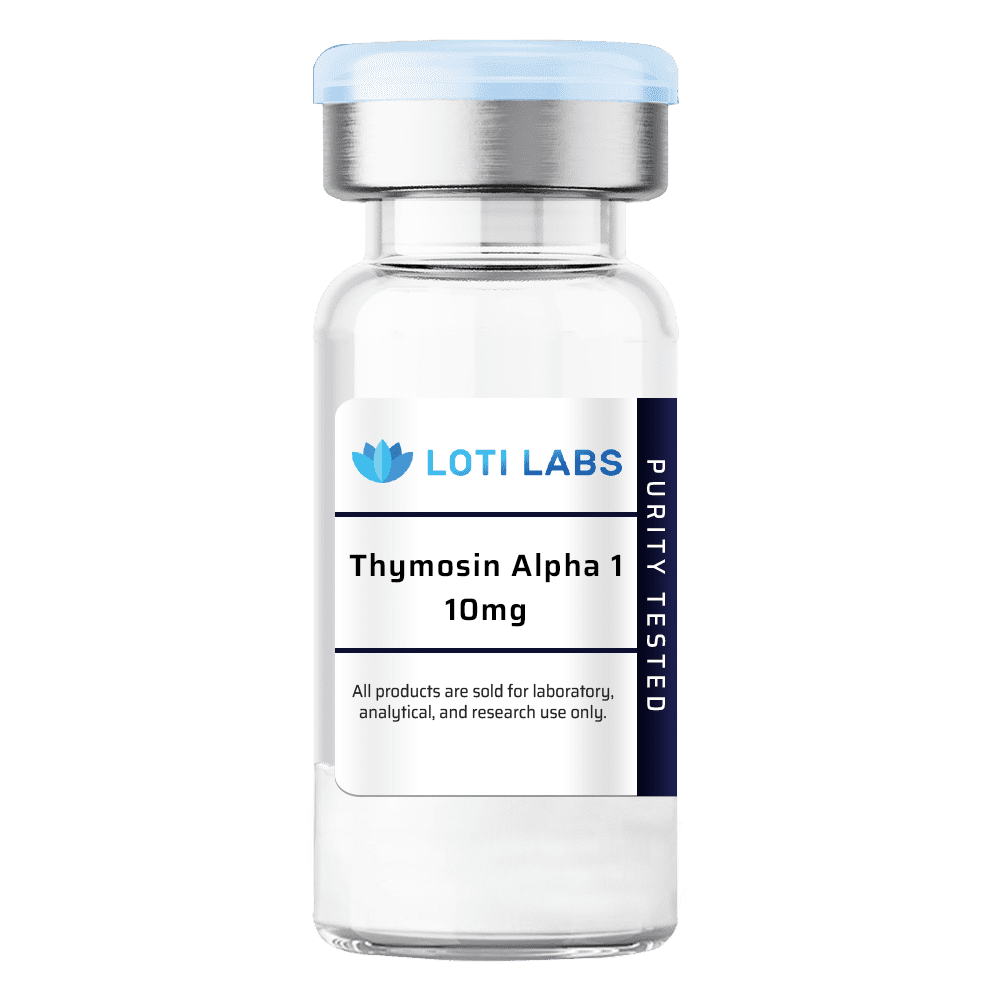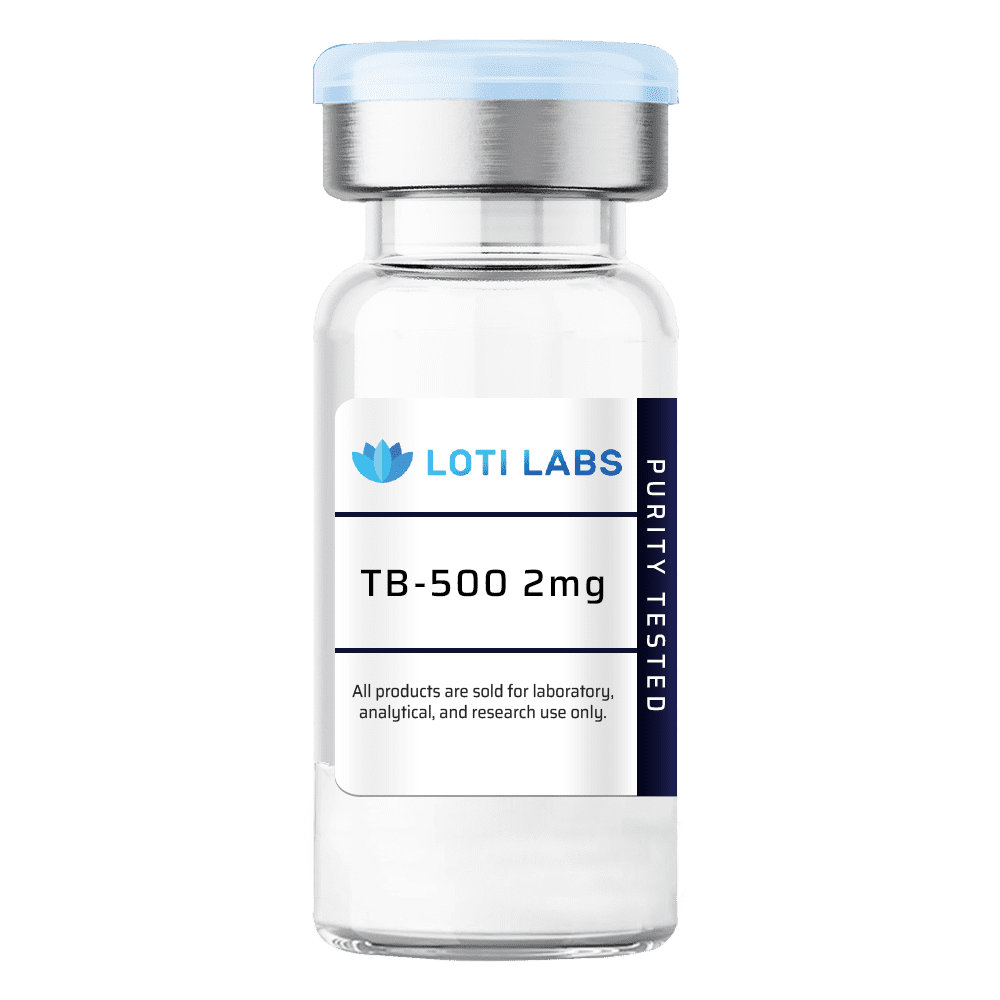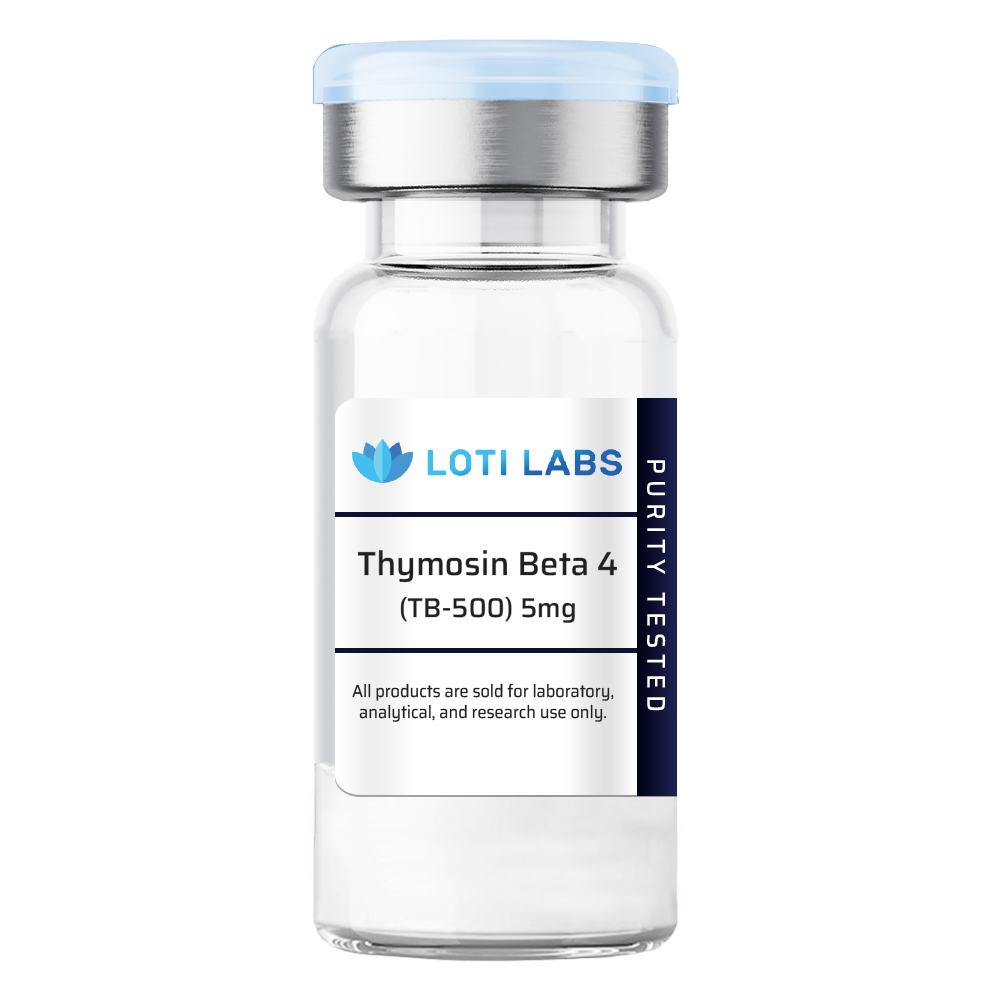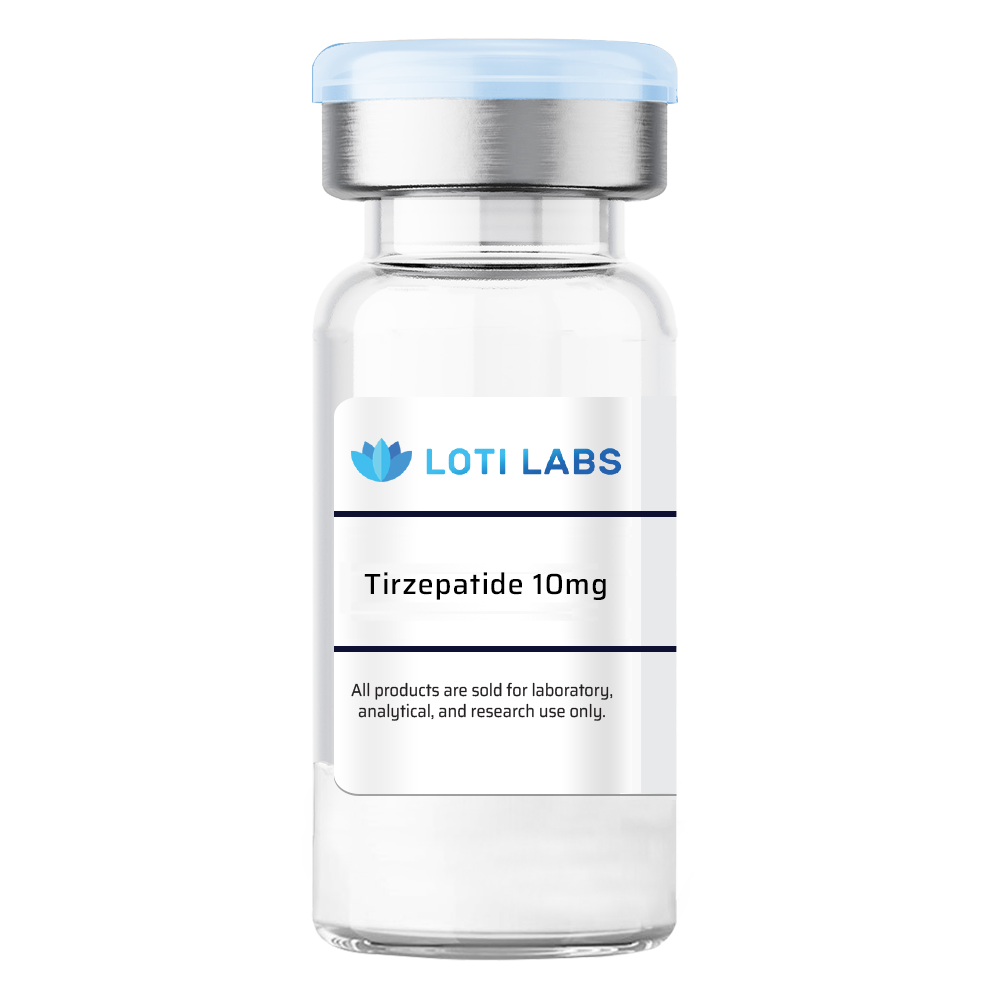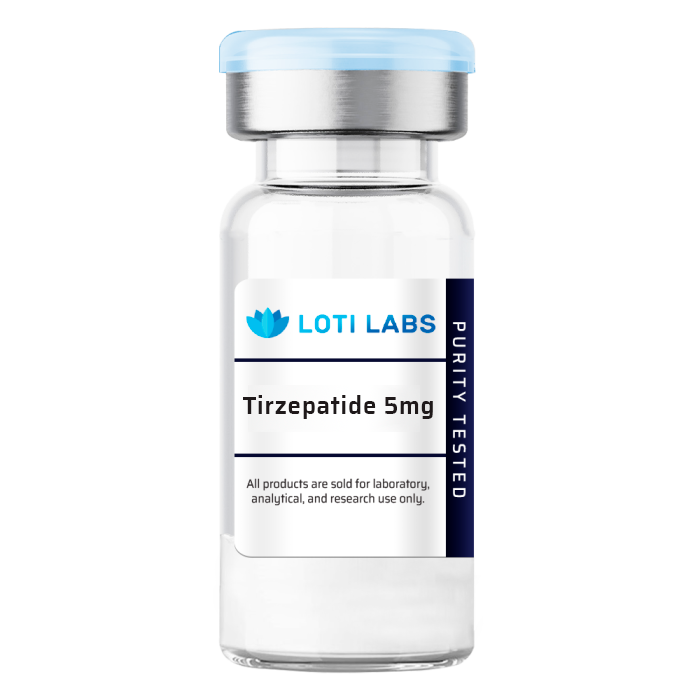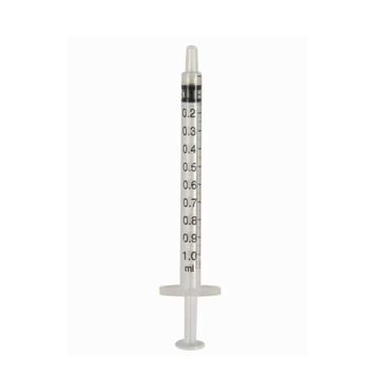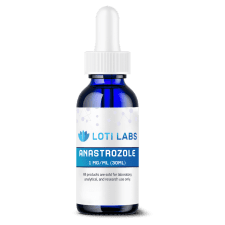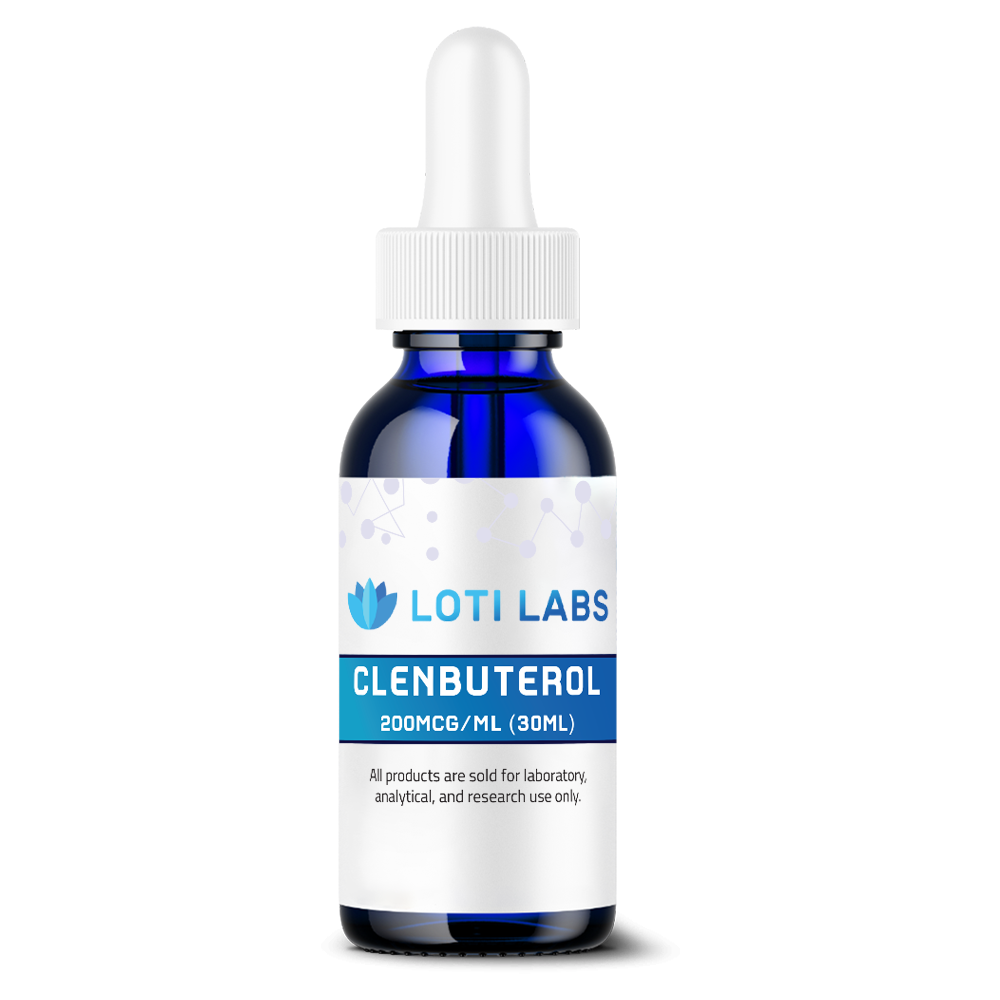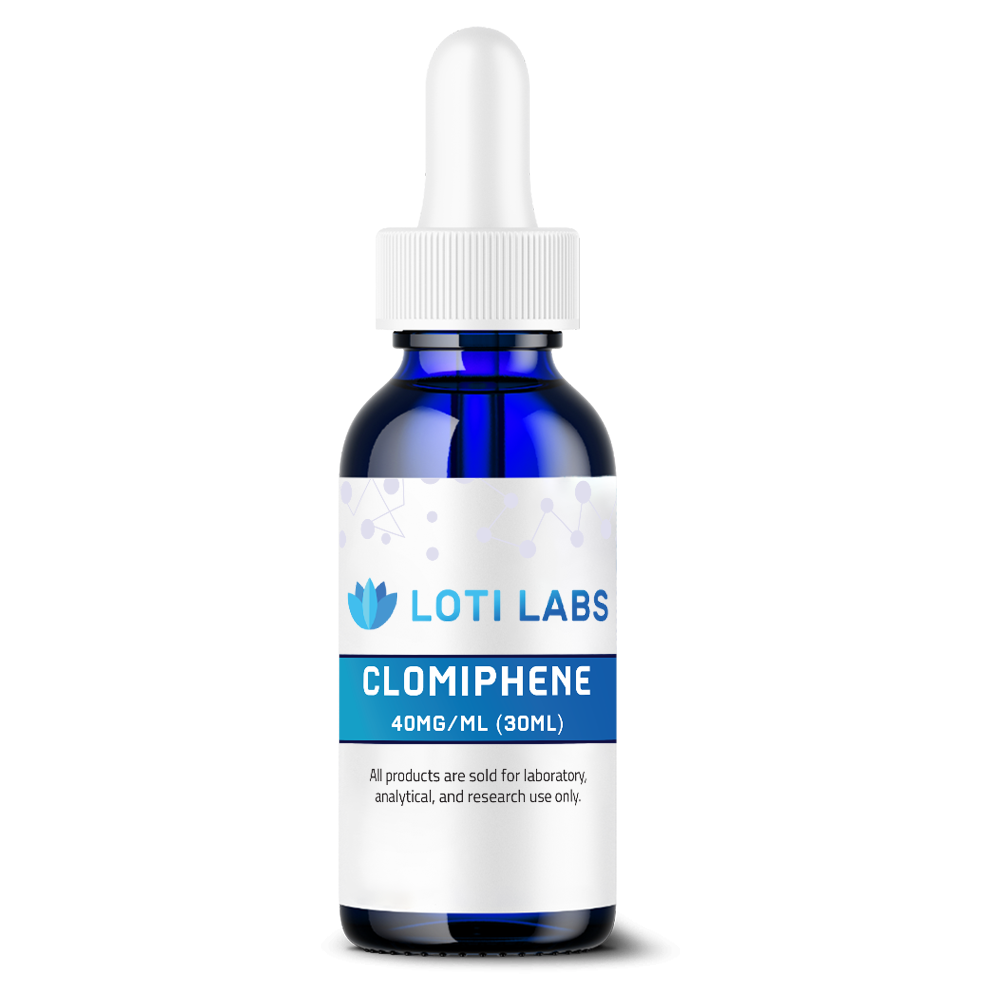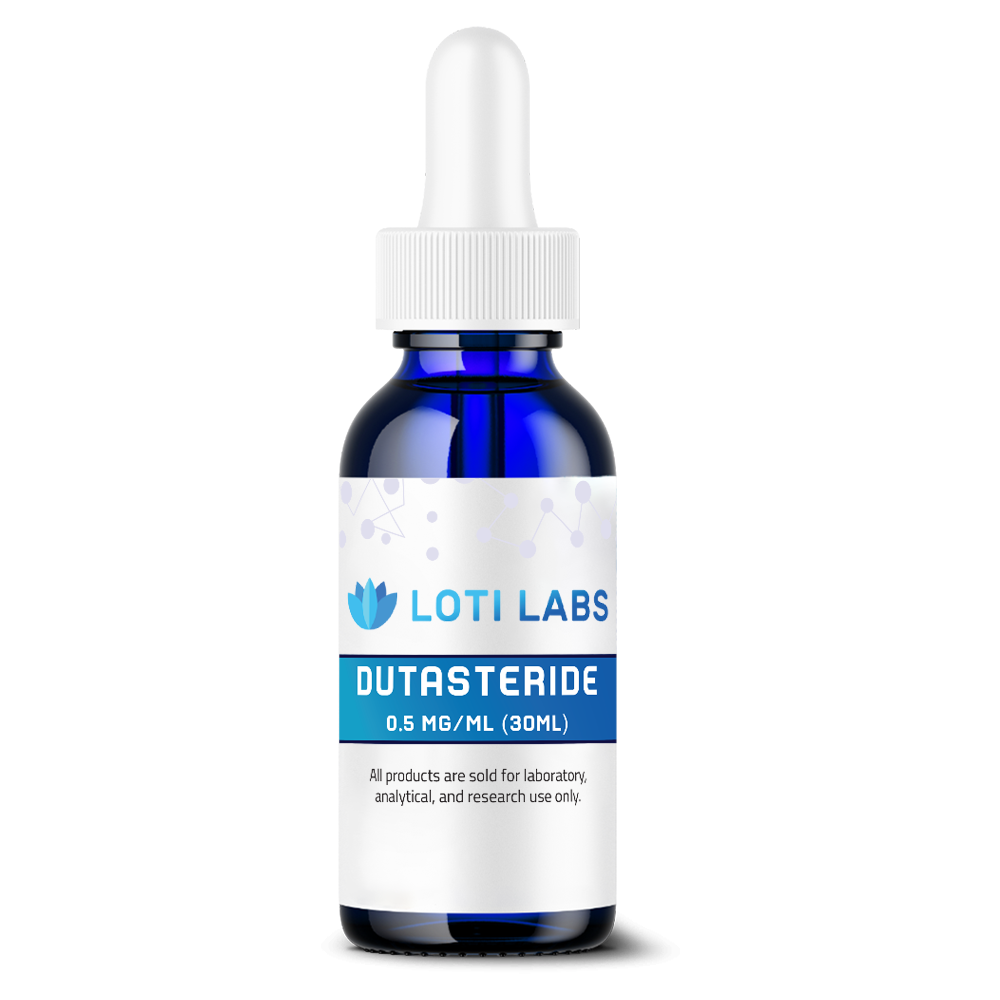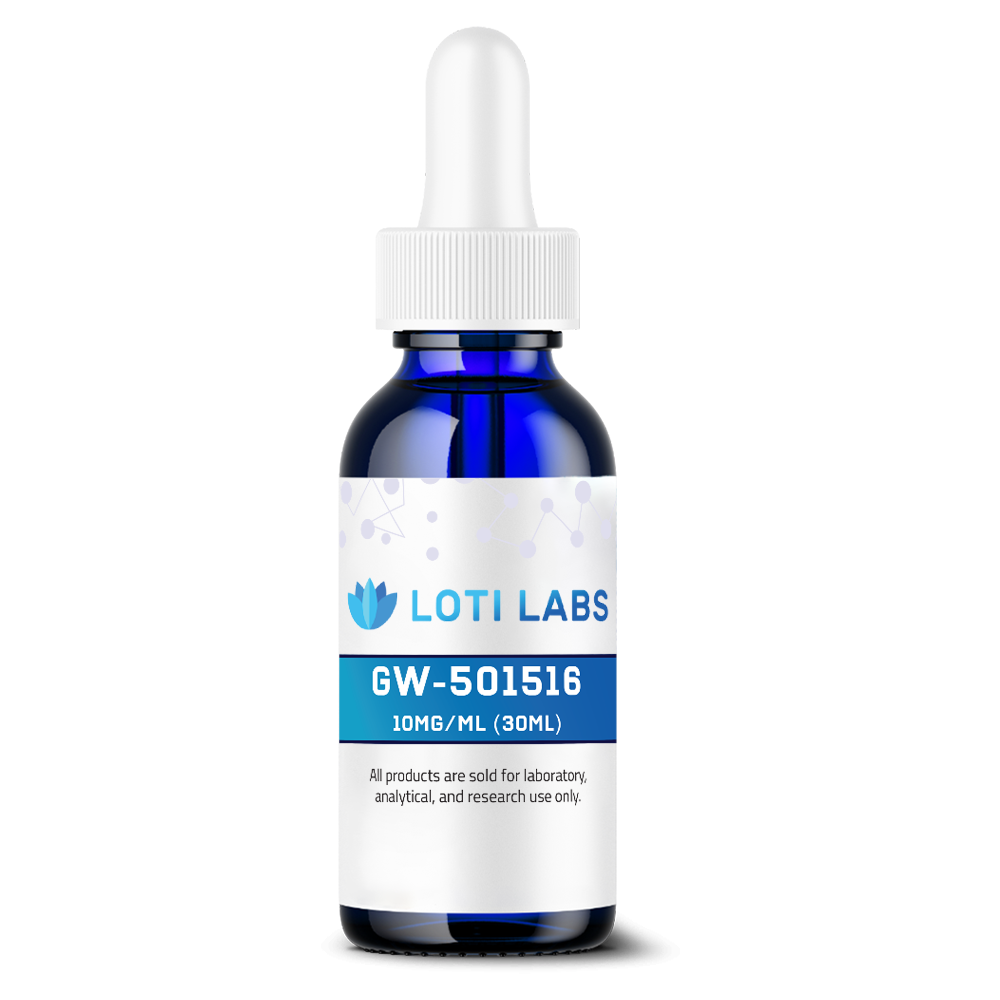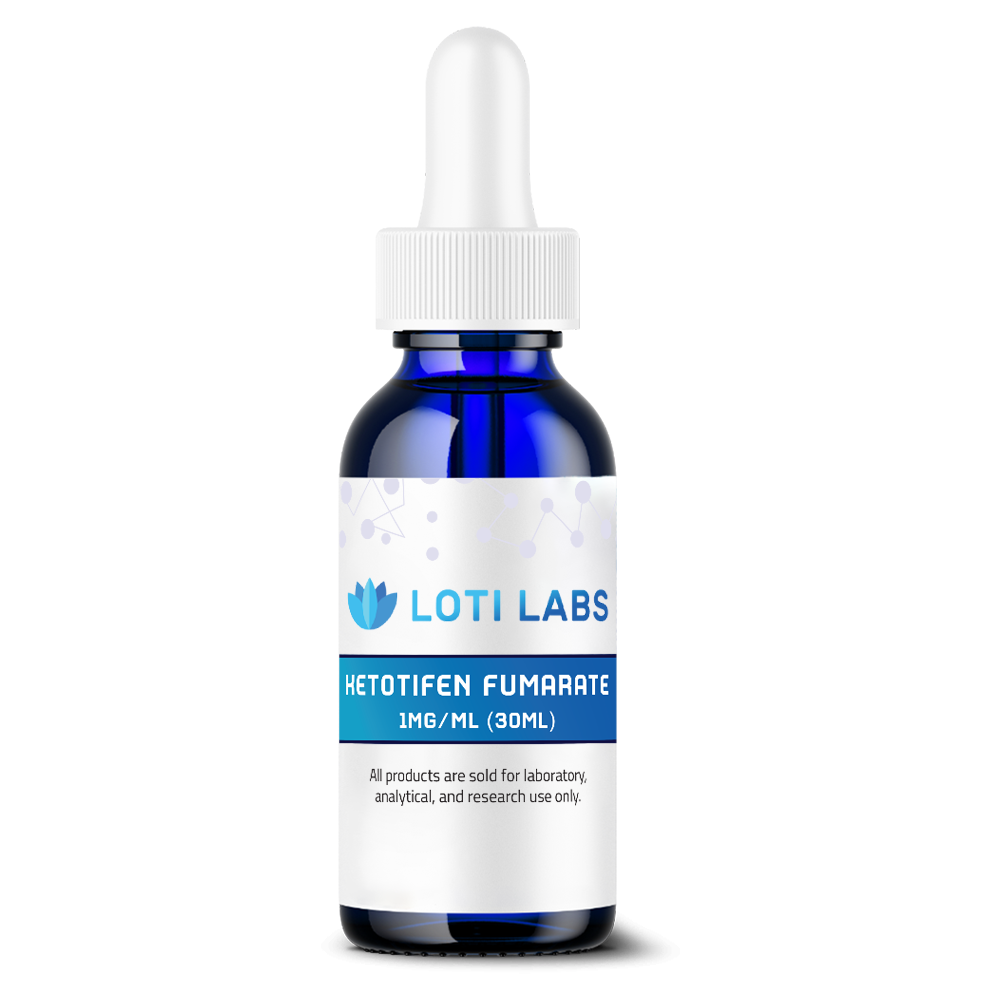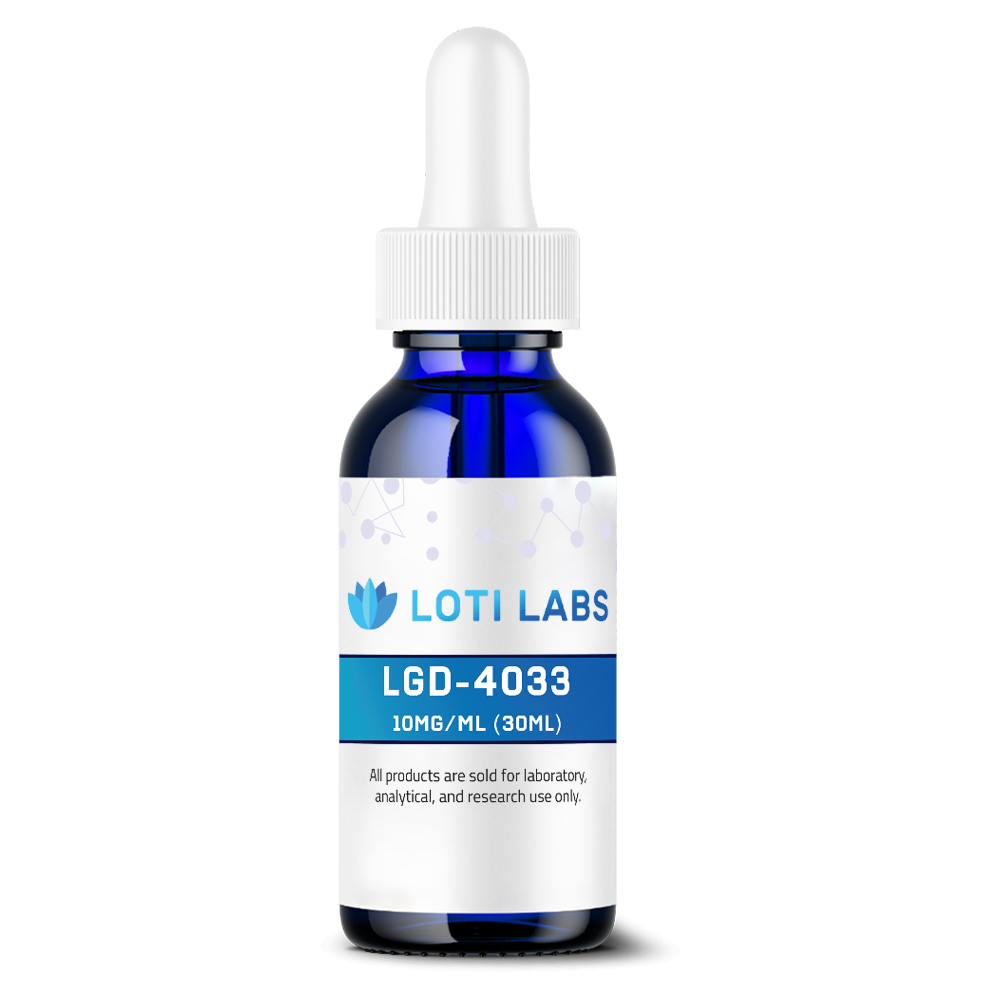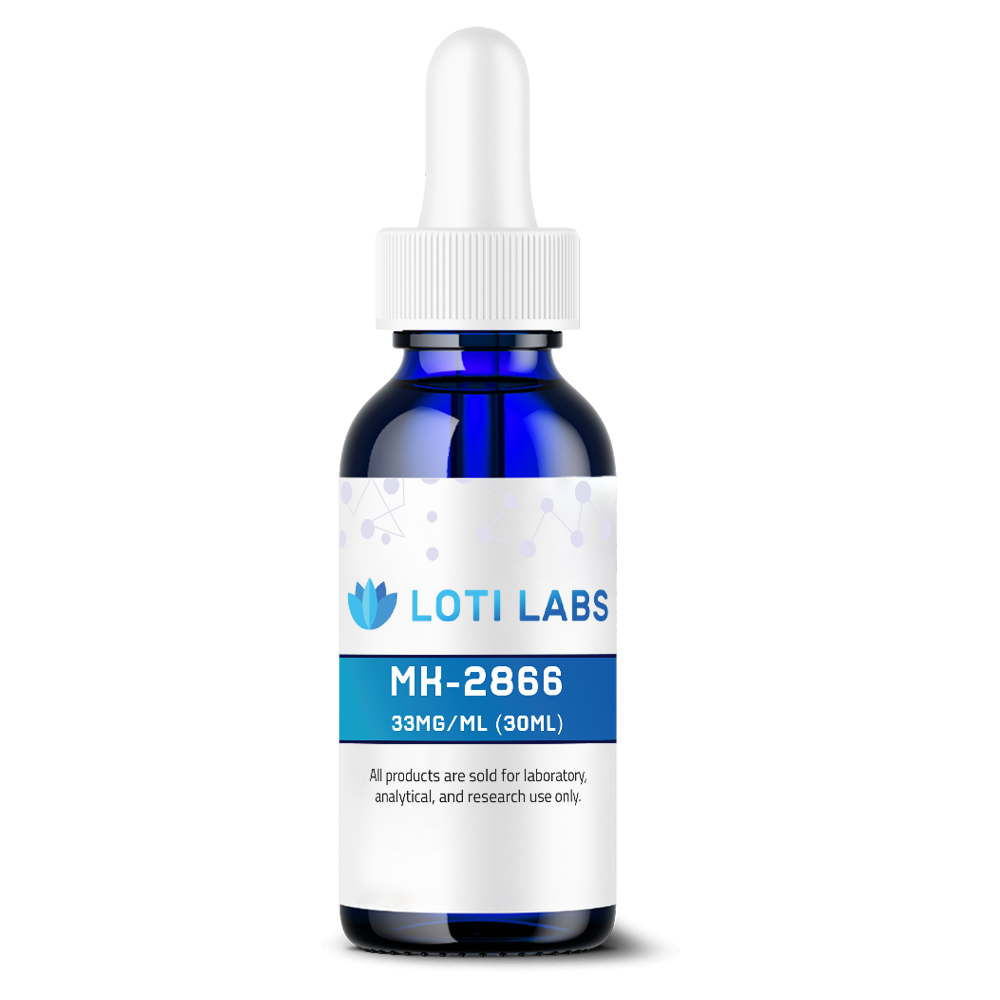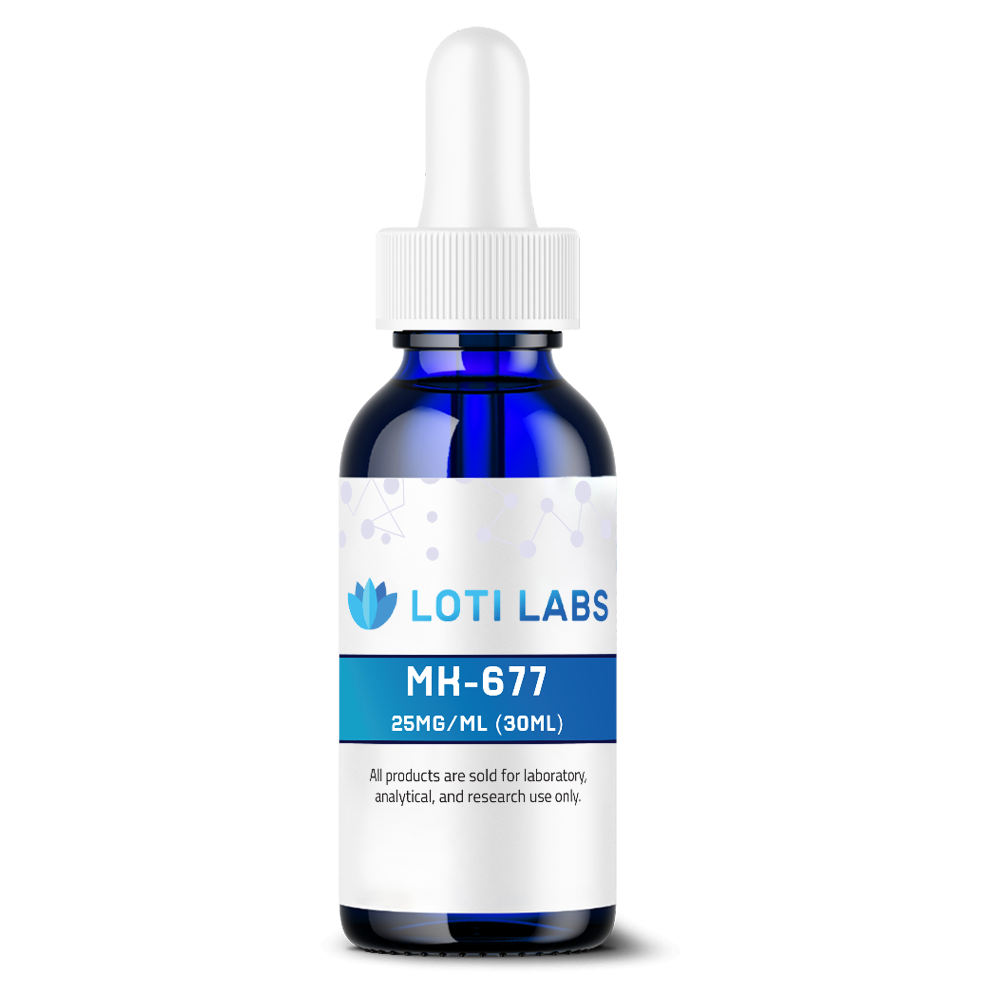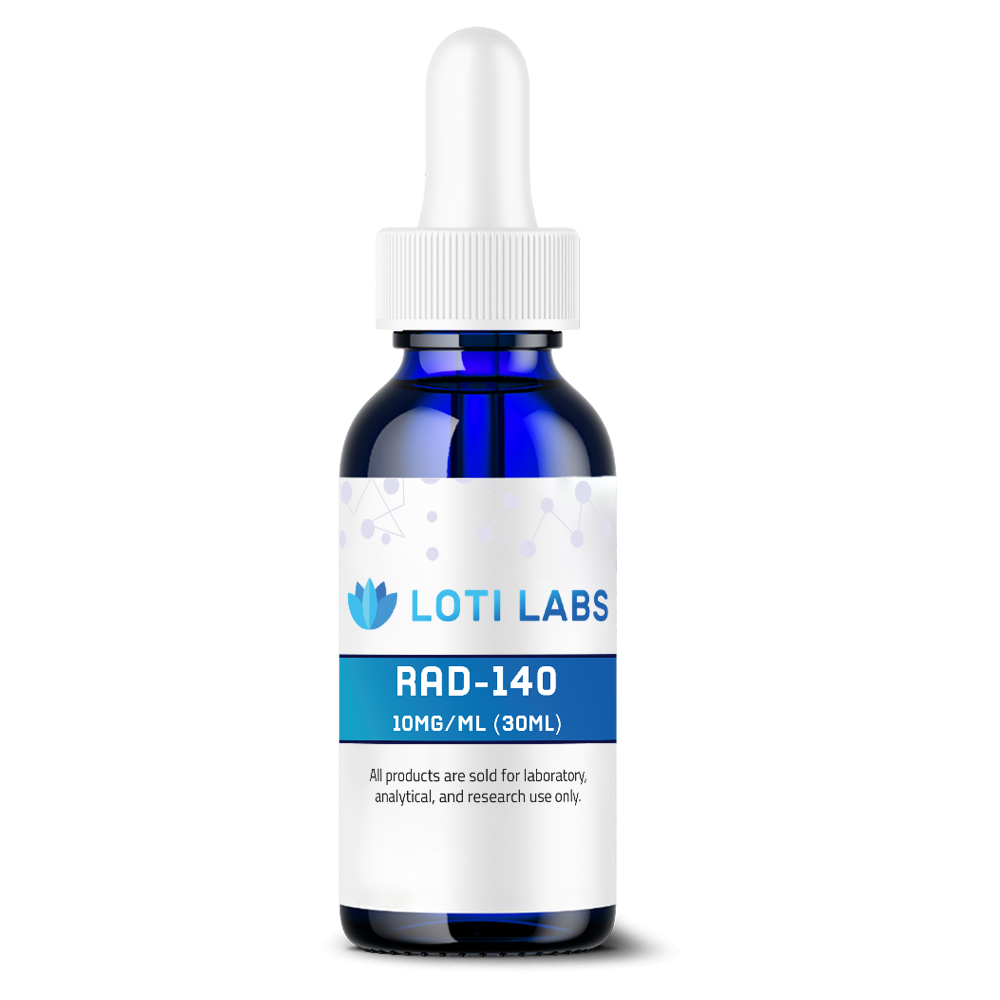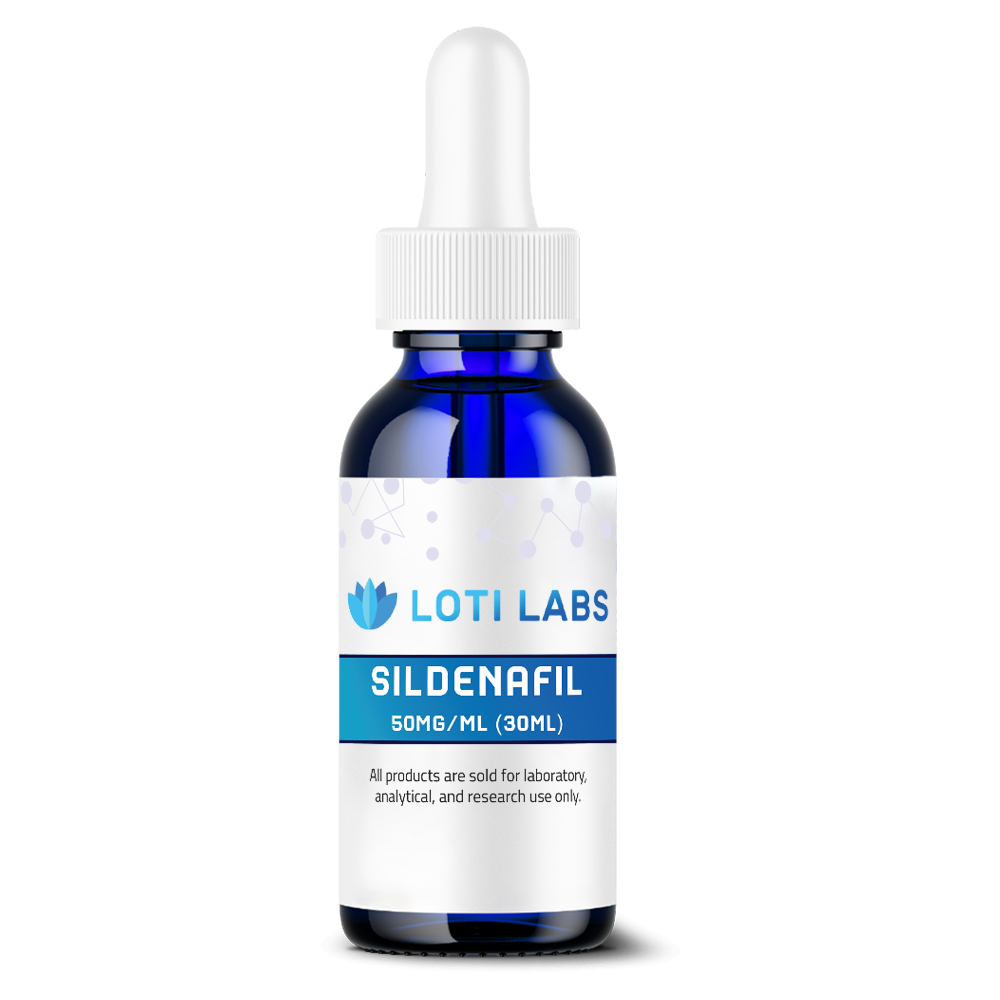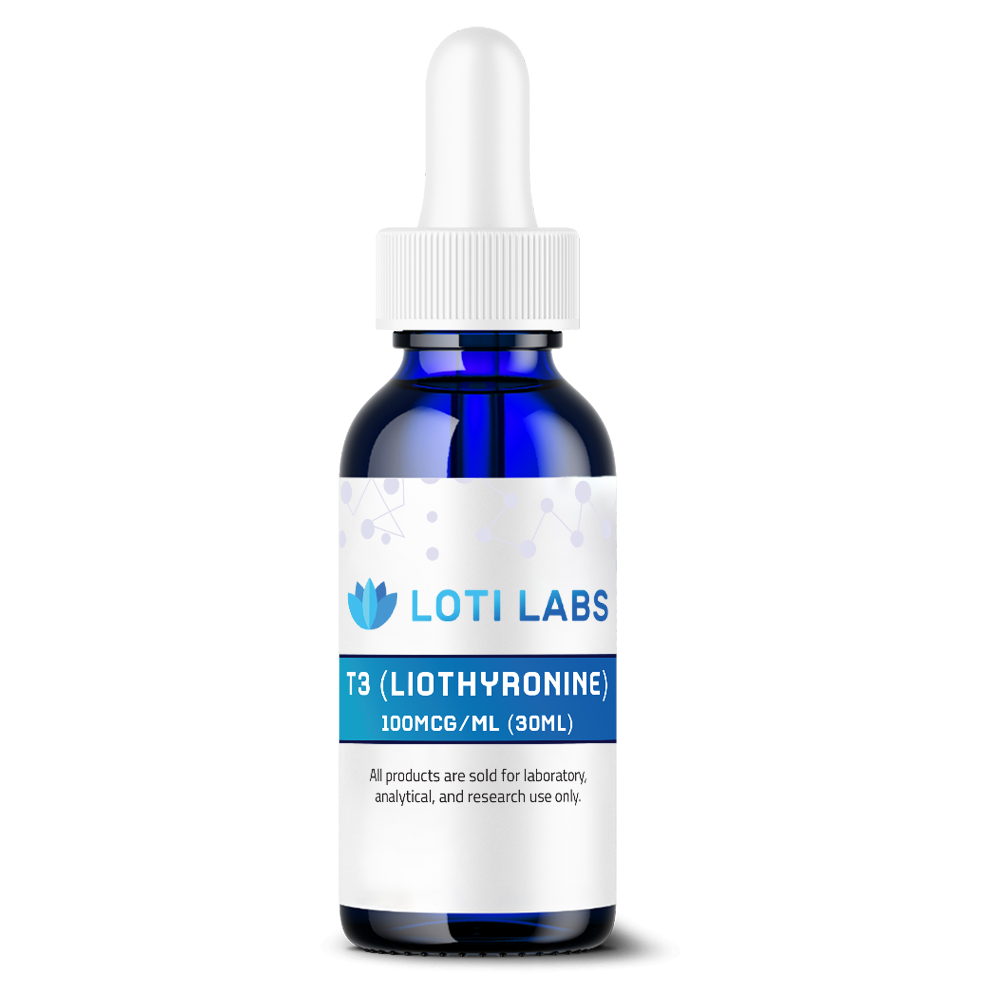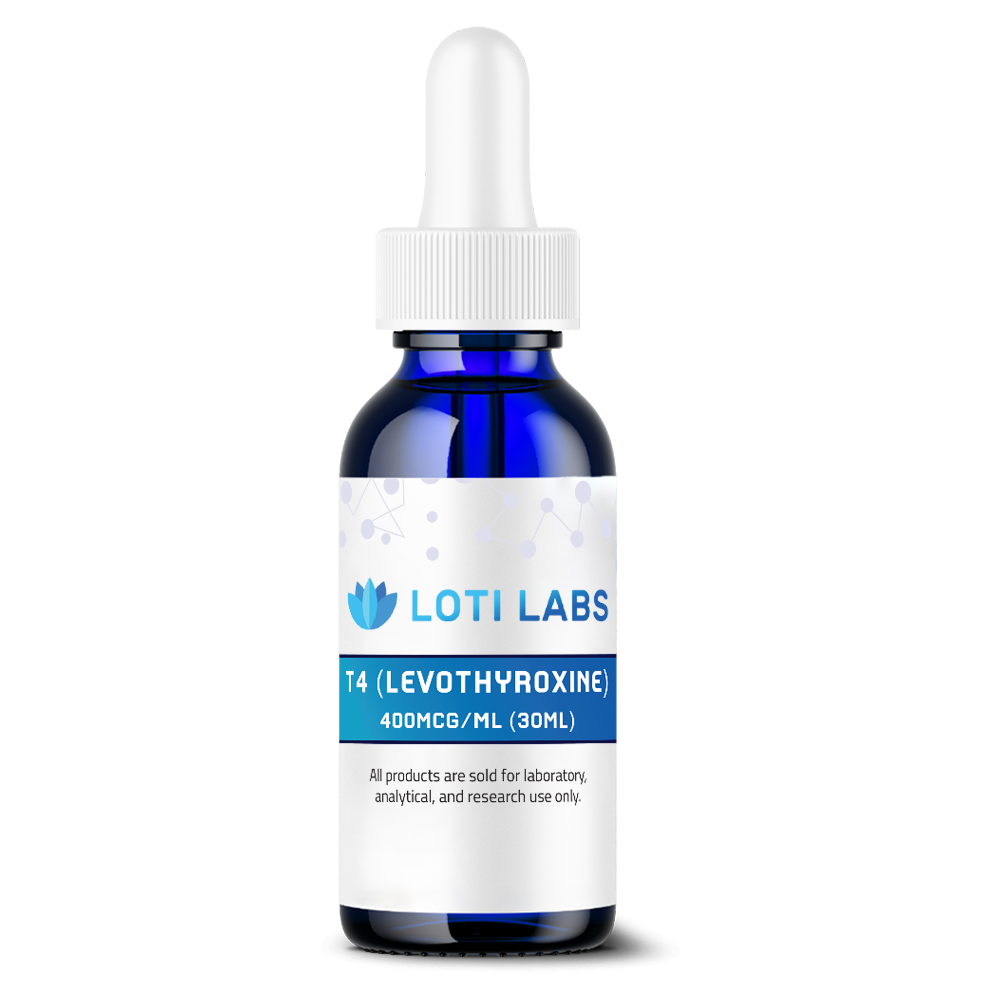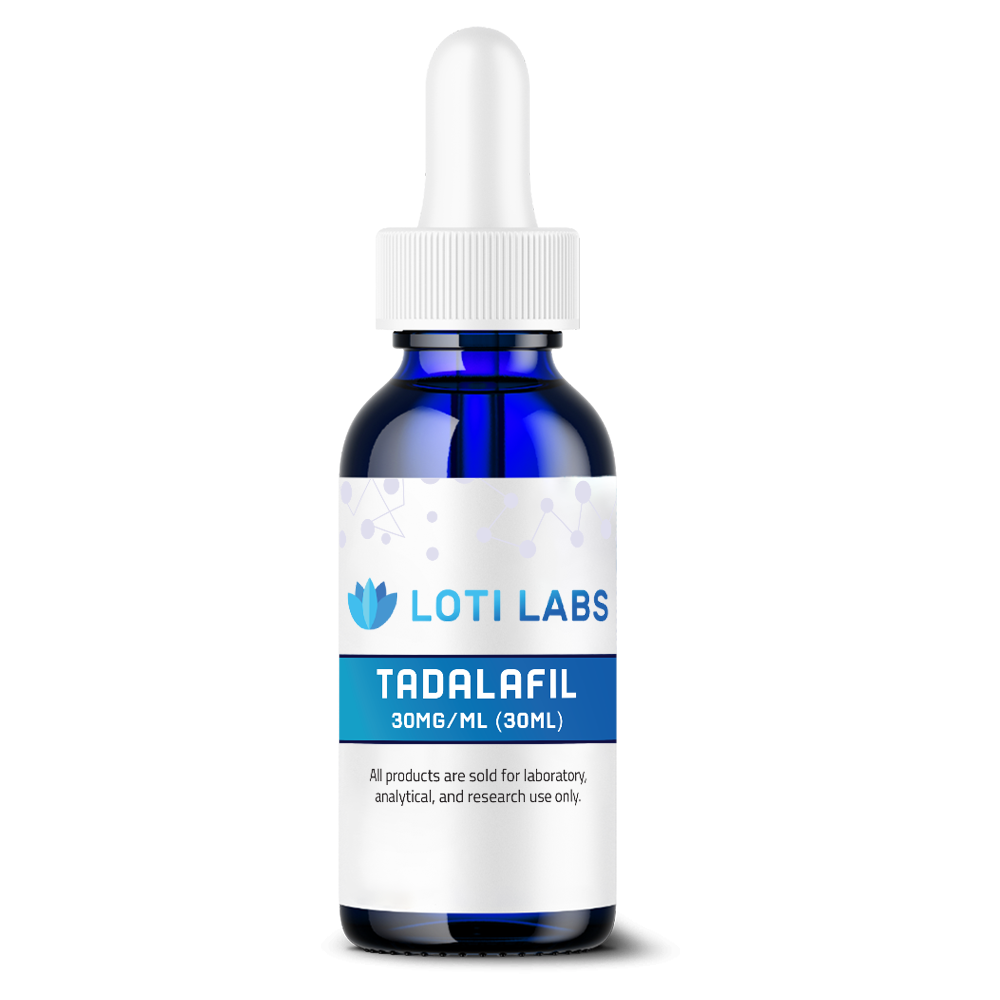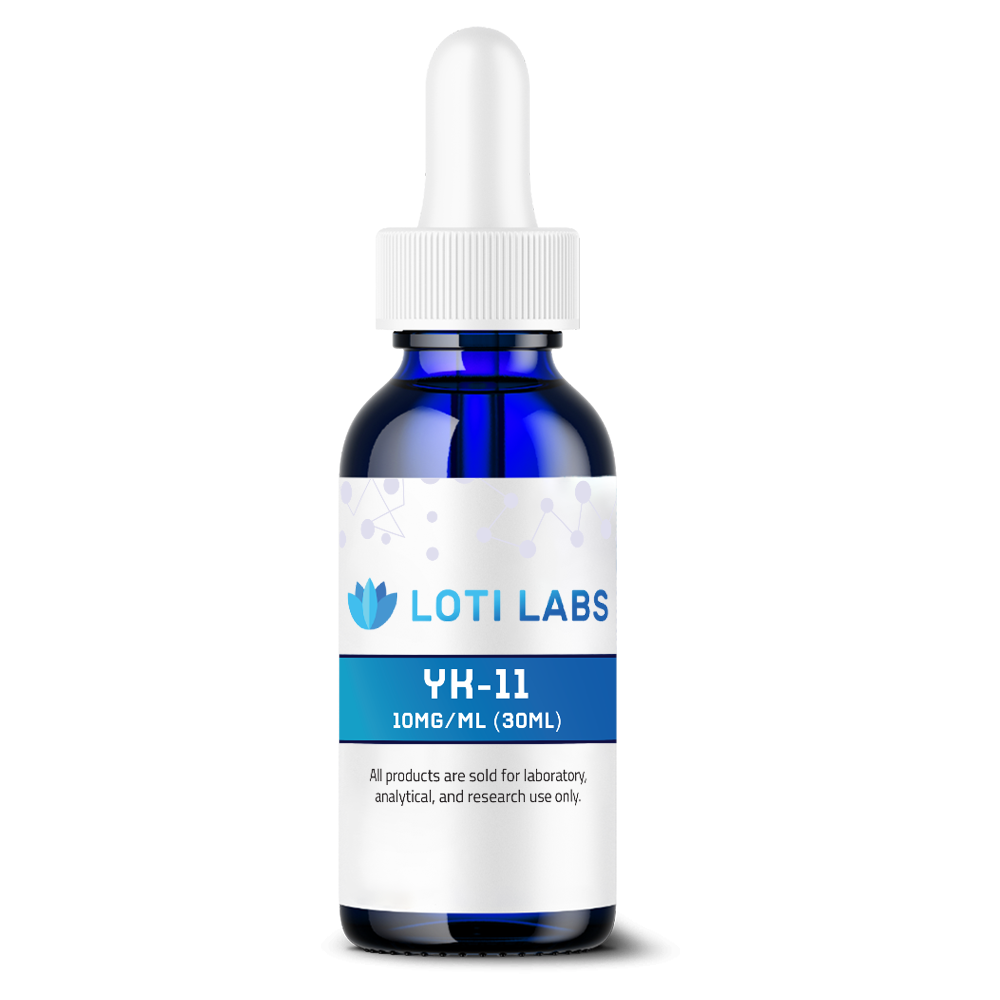-
×
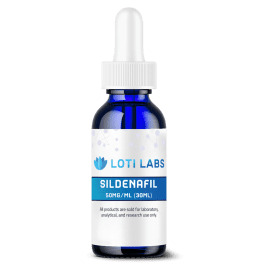 Sildenafil 50mg/ml (30ml)
1 × $39.99
Sildenafil 50mg/ml (30ml)
1 × $39.99
Exemestane 25mg/ml (30ml)
$49.99
You save
This product is intended as a research chemical only. This designation allows the use of this chemical strictly for in-vitro laboratory testing and experimentation. Human or veterinary use is strictly forbidden. This product is not a drug, food or cosmetic and may not be misbranded, mislabeled or misused as such.
Description


Buy Exemestane Liquid for Research: High-Purity Aromatase Inhibitor from Loti Labs
When researching aromatase inhibition mechanisms, compounds of the highest purity and consistency are required. When investigators want to buy exemestane for research, the quality and documentation of the research compound is key to getting reproducible results. Exemestane is a critical tool in breast cancer research, hormonal pathway studies and aromatase enzyme research across many research applications.
This guide covers the molecular properties, research applications and quality considerations for labs looking to purchase research grade exemestane. From the chemical structure to storage protocols and supplier evaluation criteria, understanding these factors ensures optimal results in aromatase inhibition studies.
Molecular Structure of Exemestane
Exemestane has a complex steroidal structure that makes it useful in aromatase research. The systematic name 6-Methylideneandrosta-1,4-diene-3,17-dione reflects its relationship to natural androgens while the modifications give it its inhibitory properties.
Chemical Properties and Identification
| Property | Value |
|---|---|
| Chemical Name | 6-Methylideneandrosta-1,4-diene-3,17-dione |
| Molecular Formula | C20H24O2 |
| Molecular Weight | 296.4 g/mol |
| PubChem CID | 60198 |
| CAS Number | 107868-30-4 |
The exemestane cas number 107868-30-4 is the unique identifier for research purchase and experimental documentation. Research shows that this steroidal framework allows exemestane to act as a substrate analog, binding to the aromatase enzyme through molecular mimicry of natural androgen substrates.
In the lab, exemestane is a crystalline powder with high chemical stability under proper storage conditions. The molecule has strategic modifications to the basic steroid backbone, including a methylene group at position 6 that contributes to its irreversible binding.
Mechanism of Action in Research Applications
Exemestane is a selective, irreversible aromatase inhibitor through a complex mechanism that makes it very useful for estrogen biosynthesis pathway research. It has a Ki of 4.3 nM, nanomolar range potency that allows for precise control in research.Research shows that exemestane competitively binds to the aromatase enzyme (CYP19A1) and prevents the conversion of androgens to estrogens in vitro. This is particularly important in postmenopausal research models where aromatase is the main source of estrogen biosynthesis, whereas in premenopausal models ovarian production is dominant.
The compound has different IC50 values in different research models: 30 nM for human placental aromatase and 40 nM for rat ovarian aromatase. These values show exemestane’s efficacy across species commonly used in research, from human tissue preparations to rodent models. The slight difference between human placental microsome aromatase and rat systems gives researchers comparative data for cross-species study design.
Research shows that exemestane time dependently inactivates the aromatase enzyme through irreversible binding, unlike reversible inhibitors. This creates a “suicide inhibition” effect where the enzyme becomes permanently inactivated and the effects persist beyond the compound’s pharmacokinetic presence in the system.
Cellular Research Applications
In cellular studies, 1 μM exemestane increases alkaline phosphatase activity in hFOB cells, providing researchers with a measurable endpoint to study bone metabolism pathways. This has expanded research applications beyond traditional aromatase studies to bone health and metabolic research.
The compound’s selectivity profile allows researchers to study estrogen dependent processes with minimal off-target effects. Research shows that exemestane displaces natural substrates from the aromatase active site and forms covalent bonds that prevent enzyme regeneration, creating a model system to study permanent enzyme inhibition.
Research Studies and Laboratory Applications
Research grade exemestane 99.96% purity is a key compound in aromatase inhibition studies and breast cancer research protocols. Laboratory research with this compound has contributed significantly to understanding estrogen dependent processes, tumor biology and hormonal regulation mechanisms across many research systems.
Cancer Research Applications
Extensive research has shown exemestane’s usefulness in breast cancer models, particularly in hormone dependent tumor growth and regression studies. In DMBA induced mammary tumor models, exemestane treatment results in tumor regression, providing researchers with a robust system to study estrogen dependent cancer progression.Studies on advanced breast cancer use exemestane to model therapeutic interventions and resistance mechanisms. Research protocols on early breast cancer to advanced stages often include exemestane to study how aromatase inhibition affects cancer progression in vitro. These cancer trials provide valuable data on cell proliferation, apoptosis pathways and molecular mechanisms of tumor response.
Research shows that exemestane’s effects go beyond aromatase inhibition to direct cellular interactions that affect tumor microenvironment. Researchers studying the compound on cancer cell lines see significant reduction in proliferation markers and changes in gene expression profiles related to estrogen responsive pathways.
Laboratory Protocol Considerations
Standard research protocols use exemestane at concentrations to achieve optimal aromatase inhibition while maintaining experimental validity. The compound’s bioavailability shows enhanced absorption when administered after meal in animal studies, so many researchers include feeding protocols in their experimental design.
Research shows that exemestane’s effects on different biological systems go beyond its primary mechanism. Studies on bone metabolism see changes in serum osteocalcin and serum pyridinoline markers, providing insights into estrogen’s role in skeletal physiology. Some research protocols monitor these parameters as secondary endpoints in long term studies.
Researchers working with rodent models often include ovariectomy induced increase measurements to establish baseline estrogen suppression before exemestane treatment. This allows researchers to distinguish between direct compound effects and secondary effects of estrogen depletion in the system.
Storage and Safety Considerations for Research
Proper storage and handling protocols ensure exemestane remains research grade throughout long term laboratory studies. The compound requires controlled environmental conditions to preserve its chemical integrity and biological activity, so storage protocols are critical for research facilities.
Optimal Storage Conditions
Research grade exemestane should be stored at room temperature between 20°C and 25°C (68°F–77°F) with protection from moisture and direct light. Short term temperature excursion up to 30°C (86°F) during shipping is usually not a problem, but prolonged exposure may affect experimental outcome.
Laboratory protocols emphasize dry storage, as moisture exposure can cause chemical degradation that affects research results. Many research facilities store the compound in desiccated environment with documentation of storage conditions for experimental record-keeping.
The compound’s stability profile allows for extended storage when proper conditions are maintained, so research facilities can purchase larger quantities for long term studies. This stability is particularly useful for multi-year studies on chronic estrogen suppression.Laboratory studies usually include monitoring protocols to track potential experimental variables that can affect research outcome. Common observations in research subjects are hot flashes, headaches, fatigue and joint related symptoms that may indicate biological response to estrogen suppression.
Research protocols often include monitoring liver enzyme changes (ALT, AST), bone density measurements and white blood cell count fluctuations as part of comprehensive experimental monitoring. These parameters provide valuable data on the compound’s systemic effects and ensure research subject welfare in long term studies.
Researchers should note potential interaction with grapefruit and grapefruit juice which may affect exemestane metabolism through cytochrome P450 enzyme inhibition. Many research protocols exclude these substances to prevent experimental confounds that can affect data interpretation.
Serious experimental complications requiring protocol modification are signs of allergic reaction, cardiovascular symptoms like chest pain or arrhythmias and indicators of liver complications like elevated transaminases. Research facilities usually have clear protocols for managing these situations while preserving data integrity.
Environmental and Interaction Considerations
Research shows that certain environmental factors can affect exemestane’s experimental effects. Temperature fluctuations, humidity changes and light exposure may impact compound stability and experimental reproducibility. Laboratory protocols usually account for these variables through controlled storage and handling procedures.
Studies on exemestane’s interaction with other research compounds provide valuable information for investigators designing combination studies. Understanding these interactions helps researchers avoid confounds while maximizing experimental validity in complex study design.
Why Buy Liquid Exemestane from Loti Labs
Loti Labs offers research grade exemestane with independently verified 99.96% purity, one of the highest purity standards available for laboratory reagents. This high purity ensures consistent experimental results and minimizes variables that can affect research outcome in aromatase inhibition studies.
Quality Assurance and Documentation
Each batch of exemestane from Loti Labs undergoes thorough third-party testing using high-performance liquid chromatography (HPLC), the gold standard analytical method for confirming compound purity and detecting potential contaminants or degradation products. This rigorous testing protocol gives researchers confidence in their experimental reagents.
Every shipment includes detailed Certificates of Analysis (COA) documenting chemical identity, purity specifications and compliance with laboratory research standards. These documents are essential for research documentation, regulatory compliance and experimental validation requirements that many institutions require for research chemicals.Loti Labs follows strict quality control protocols to ensure batch-to-batch consistency. This consistency is critical for long term research studies where compound variability can introduce experimental artifacts or compromise data interpretation across multiple experimental phases.
Shipping and Logistics
Loti Labs offers same day shipping for orders placed before 1pm EST Monday through Friday, so you get your research chemicals fast. This rapid shipping ensures no delays in your research timeline.
Orders placed after 1pm EST or on weekends ship the next business day, so you can plan your compound arrival with your experimental protocols. This predictable shipping schedule allows you to coordinate compound arrival with your experimental workflow and minimize storage time.
Our shipping process includes appropriate packaging and handling procedures to maintain compound integrity during transport. So your research grade exemestane arrives ready to use in the lab.
Customer Support and Satisfaction
Loti Labs has a 30 day satisfaction guarantee on all products. You can return unopened products for a full refund of the purchase price. This guarantee reduces the risk for labs buying in bulk or for preliminary studies where compound requirements may change.
Our technical support team can assist with product specifications, storage recommendations and documentation requirements that your institution may need for compliance. This is especially helpful for labs new to exemestane or those that require specific documentation formats.
Research Use Only: Important Laboratory Guidelines
All exemestane products sold by Loti Labs are for research chemical use only. This means you can only use this compound for in-vitro laboratory testing and experimentation within a controlled research environment. Human or veterinary use is strictly forbidden under these guidelines.
The research use only designation ensures compliance with regulatory frameworks for laboratory chemicals and supports legitimate scientific research. Exemestane is not a medicine, food, cosmetic or any other consumer product and may not be misbranded, mislabeled or misused for such purposes.
Laboratory Safety and Compliance
Labs using exemestane must have proper safety protocols and documentation in accordance with laboratory chemical handling requirements. These protocols usually include personal protective equipment, ventilation systems, waste disposal procedures and emergency response plans specific to the research environment.
Investigators must ensure their research protocols comply with institutional review board requirements and applicable regulations for laboratory research. Many institutions require specific documentation and approval processes for studies involving compounds like exemestane especially for longer term research.As a research chemical, labs must keep detailed records of acquisition, use and disposal in accordance with institutional and regulatory requirements. These documentation requirements support research integrity and oversight of laboratory chemical use.
Ordering and Support
Researchers looking to buy exemestane for their research can find product information, pricing and technical specs in Loti Labs’ research chemical catalog. We have comprehensive product documentation to support research planning and institutional procurement.
Technical support includes assistance with product selection, storage recommendations and documentation requirements that research facilities may need for compliance. So you can make informed decisions about exemestane procurement and meet your research requirements.
For bulk quantities or custom packaging, Loti Labs offers consultation services for special research needs. This is especially helpful for large scale studies or multi-institutional research collaborations that require coordinated chemical procurement.
The ordering process includes verification of research credentials and intended use documentation to ensure compliance with research use only guidelines. This verification protects both researchers and suppliers and maintains the integrity of the research chemical supply chain.
Research facilities considering exemestane for their research will find that Loti Labs provides the quality, documentation and support services for rigorous scientific research. The combination of high purity, comprehensive testing and reliable logistics makes Loti Labs the best choice for researchers looking for high quality exemestane for their aromatase inhibition studies.
References
- Di Salle, E., et al. “Novel aromatase and 5 alpha-reductase inhibitors.” Journal of Steroid Biochemistry and Molecular Biology, vol. 49, no. 4-6, 1994, pp. 289-294. Link
- Miki, Y., et al. “Effects of aromatase inhibitors on human osteoblast and osteoblast-like cells: a possible androgenic bone protective effects induced by exemestane.” Bone, vol. 10, no. 17, 2004, pp. 5717-5723. Link
- Goss, P.E., et al. “Effects of the steroidal aromatase inhibitor exemestane and the nonsteroidal aromatase inhibitor letrozole on bone and lipid metabolism in ovariectomized rats.” Clinical Cancer Research, vol. 10, no. 17, 2004, pp. 5717-5723. Link
- Zaccheo, T., Giudici, D., and Di Salle, E. “Combined treatment with exemestane and tamoxifen inhibits DMBA-induced mammary tumors in rats.” Journal of Steroid Biochemistry and Molecular Biology, vol. 44, no. 4-6, 1993, pp. 677-680. Link
- Cancer Research UK. “Exemestane (Aromasin) Patient Information.” https://www.cancerresearchuk.org/about-cancer/treatment/drugs/exemestane-aromasin
- MedChemExpress. “Exemestane (FCE 24304) | Aromatase Inhibitor.” https://www.medchemexpress.com/Exemestane.html
- Walgreens. “Aromasin 25mg Tablets | Drug Details.” https://www.walgreens.com/rx-druginfo/drug-name?drugId=157807
- Selleck Chemicals. “Exemestane | Aromatase inhibitor.” https://www.selleckchem.com/products/Exemestane.html
For more information regarding exemestane visit Wikigenes.
| Weight | 0.1875 lbs |
| Appearance | Viscous cloudy liquid |
| Stability | Room Temperature out of direct sunlight |
| Molar Mass | 296.40 |
| CAS Number | 107868-30-4 |
| Container | 30ml Bottle |
| Molecular Formula | C20H24O2 |
| Concentration | 25mg per ML |
| Terms | This product is sold for research/laboratory usage only. No other uses are permited. |
Additional information
| Weight | 0.156 lbs |
|---|
